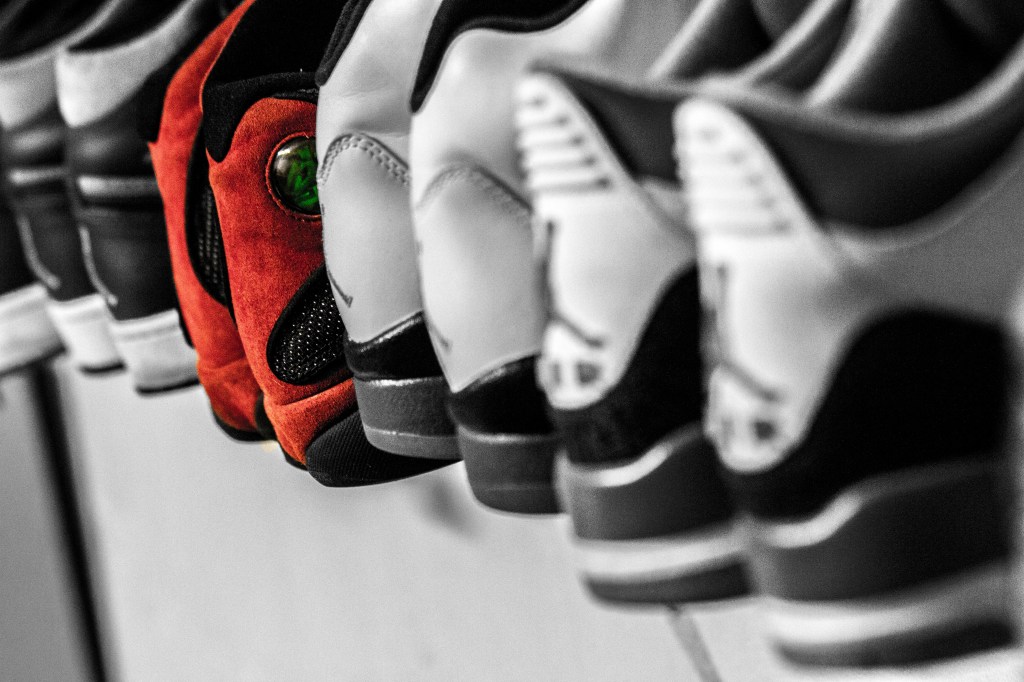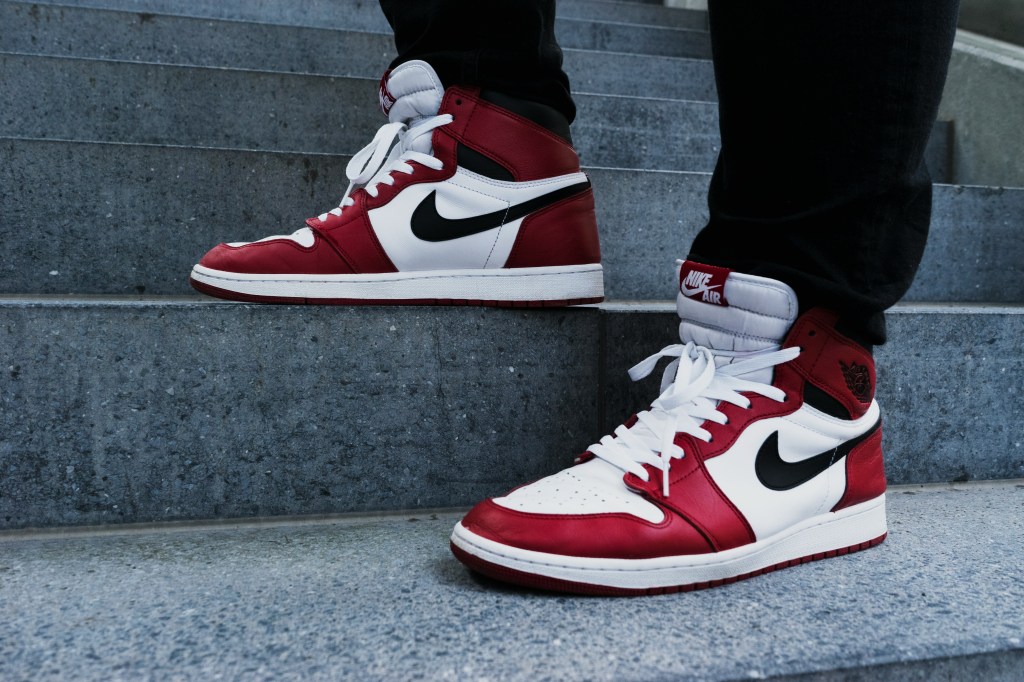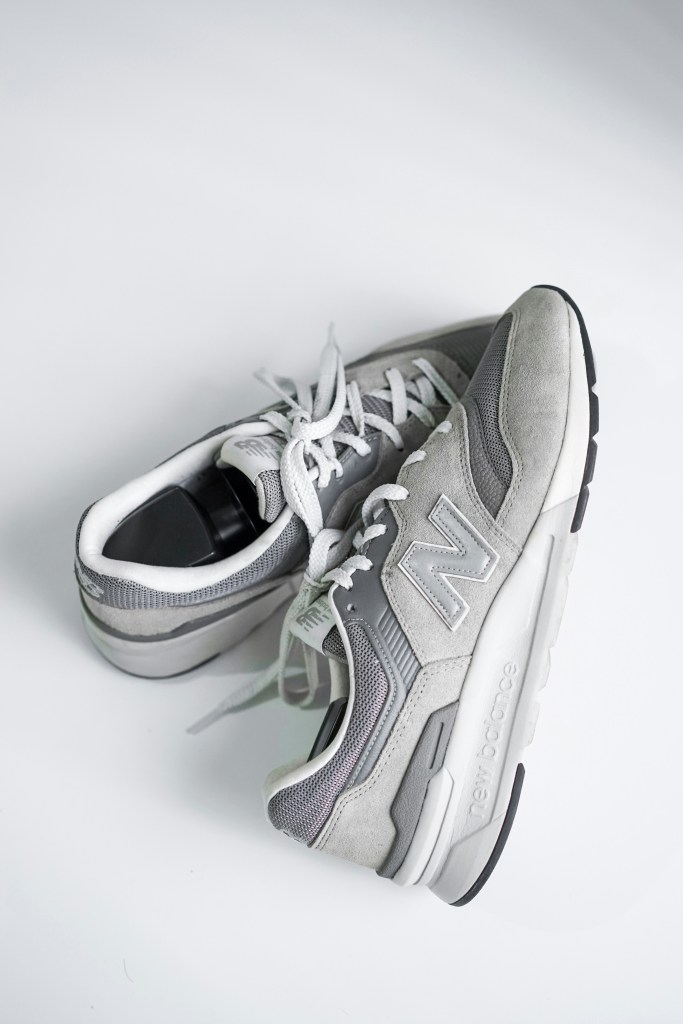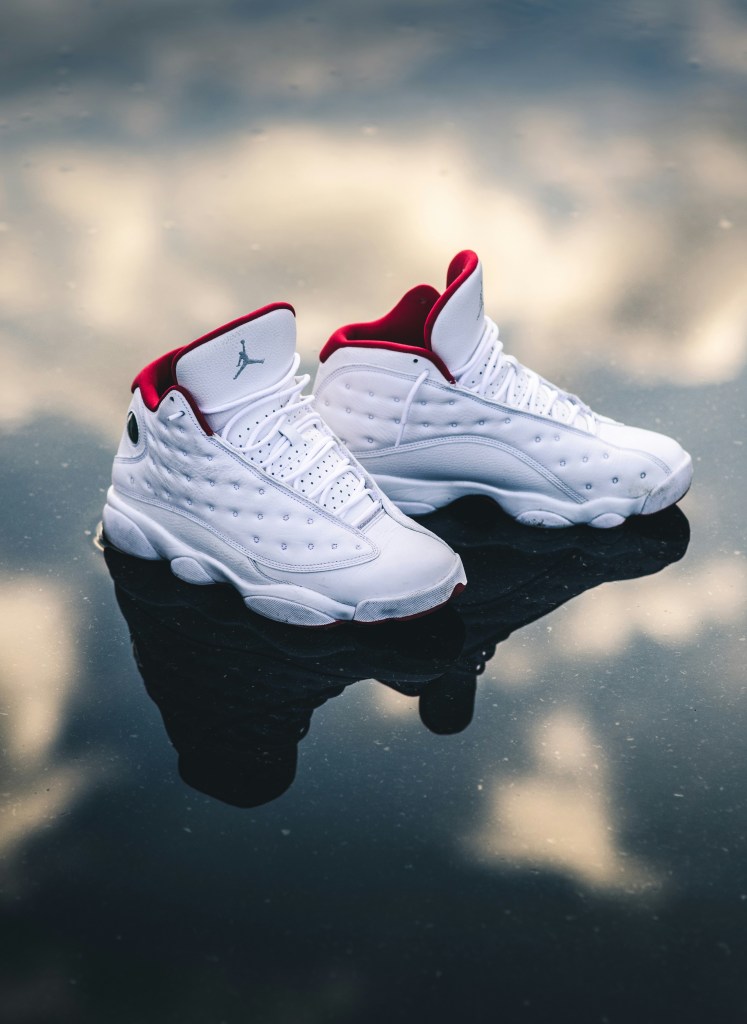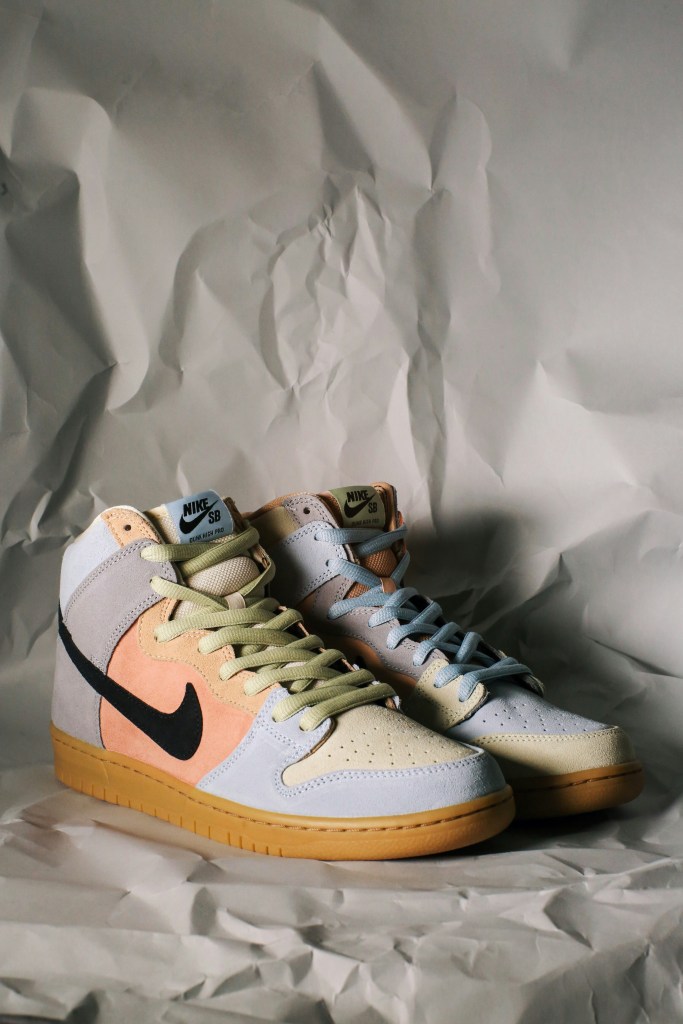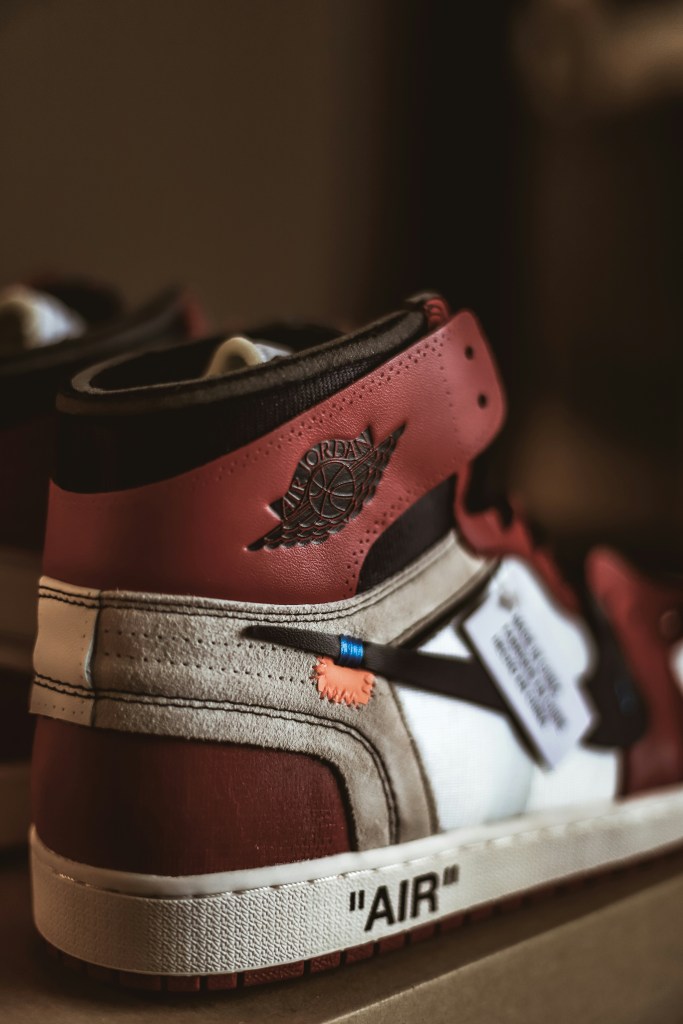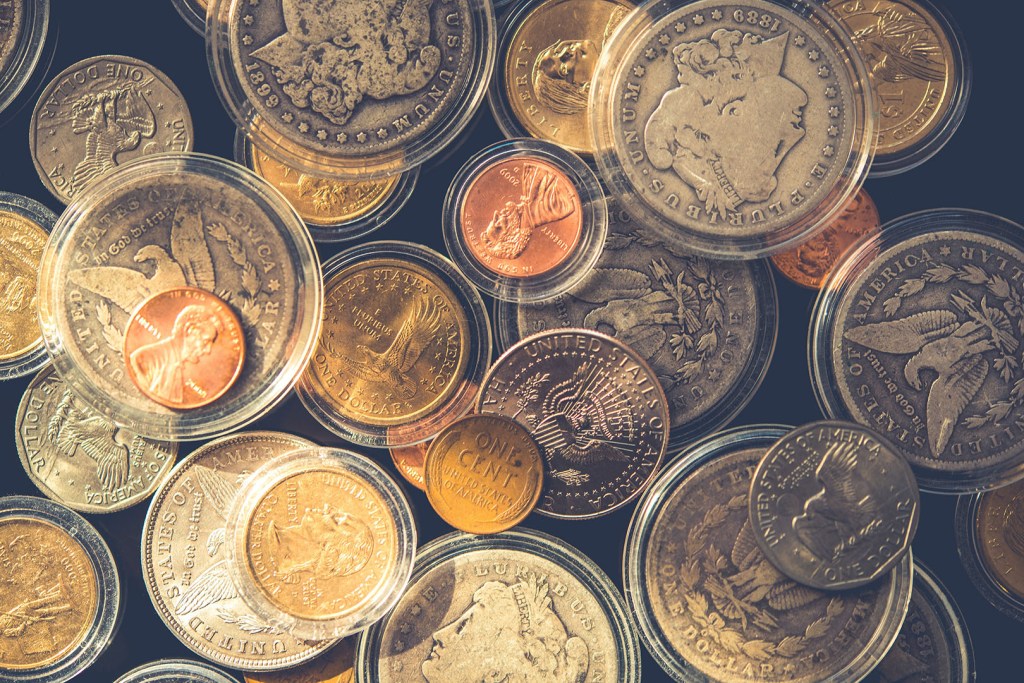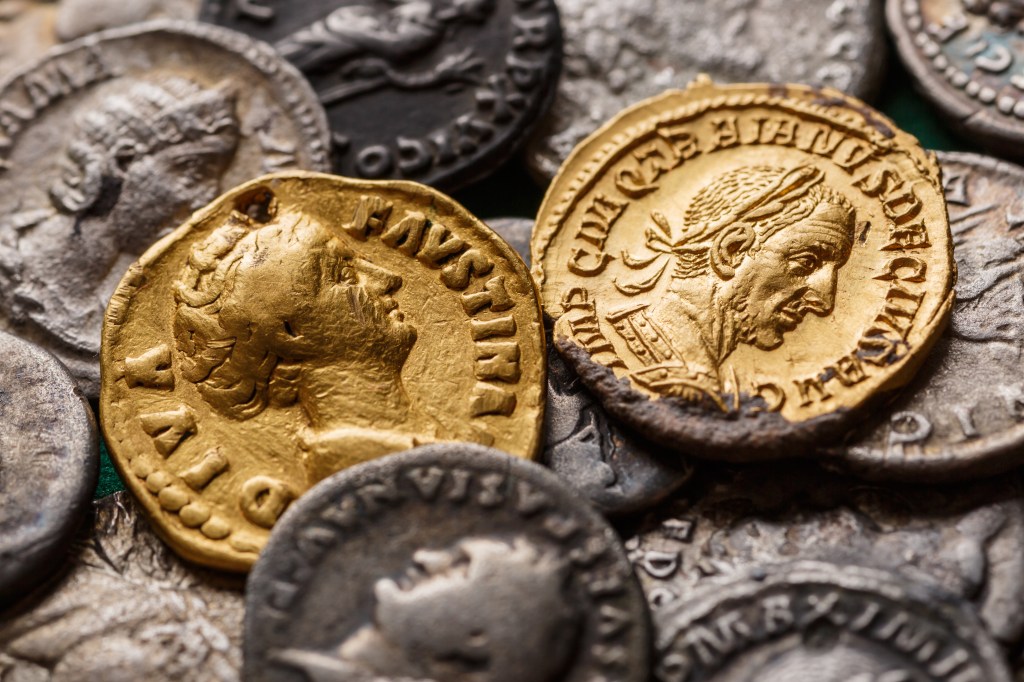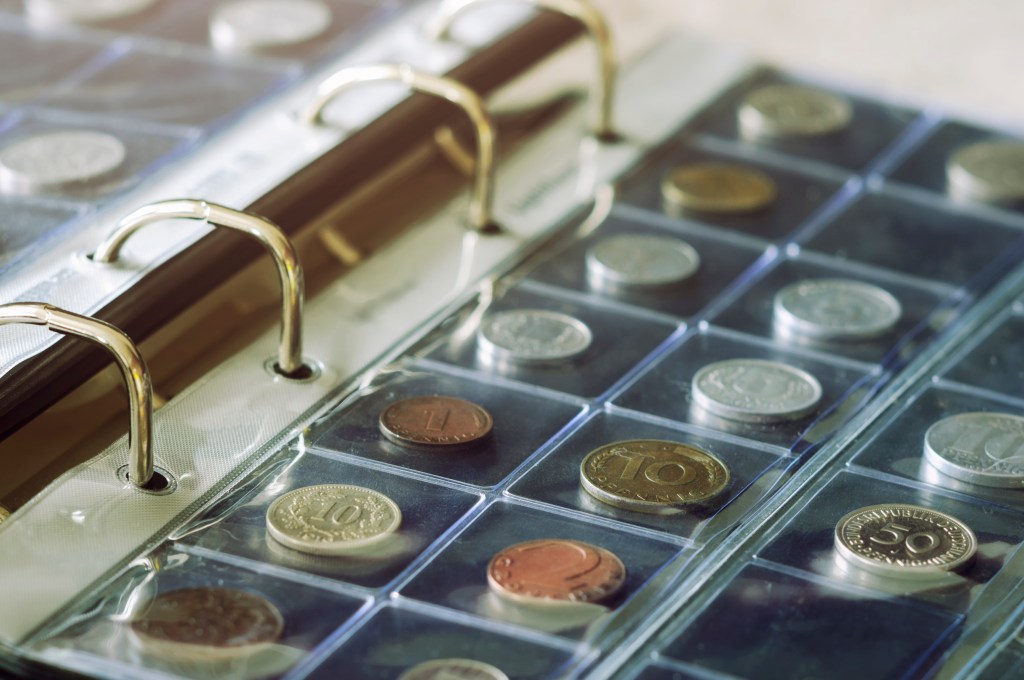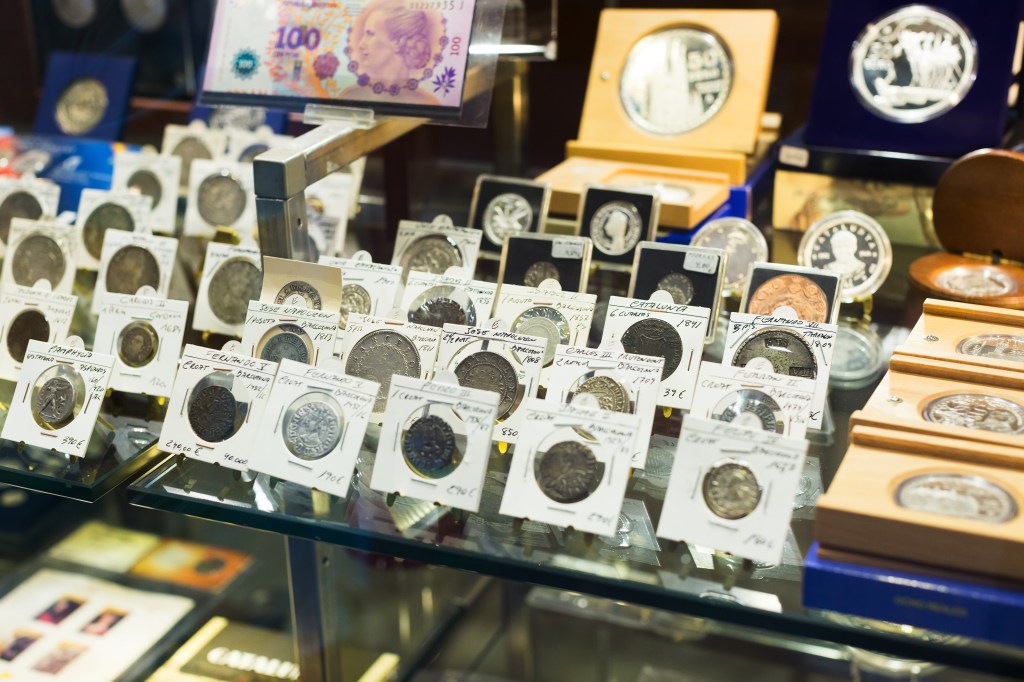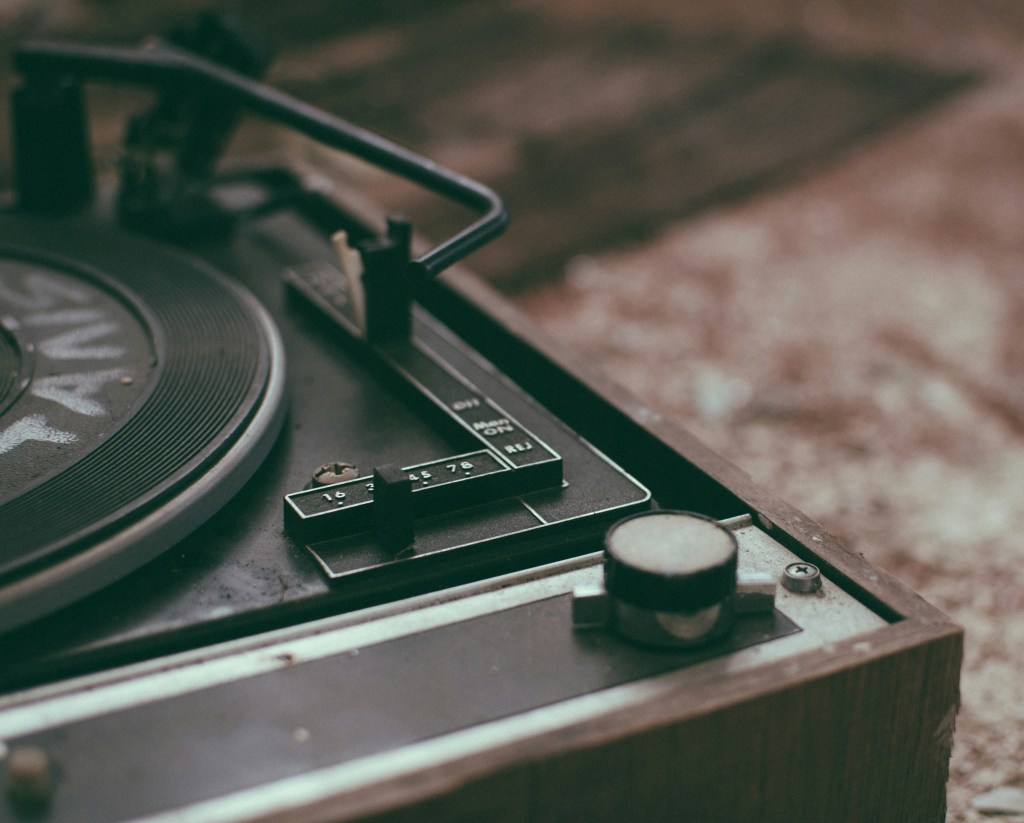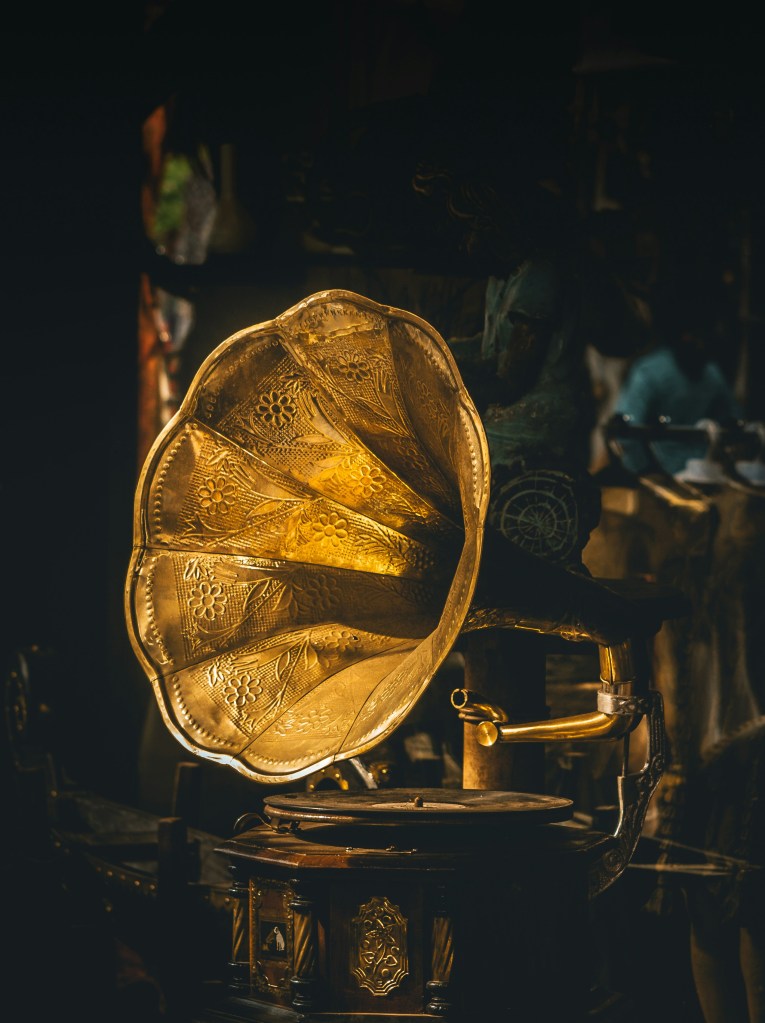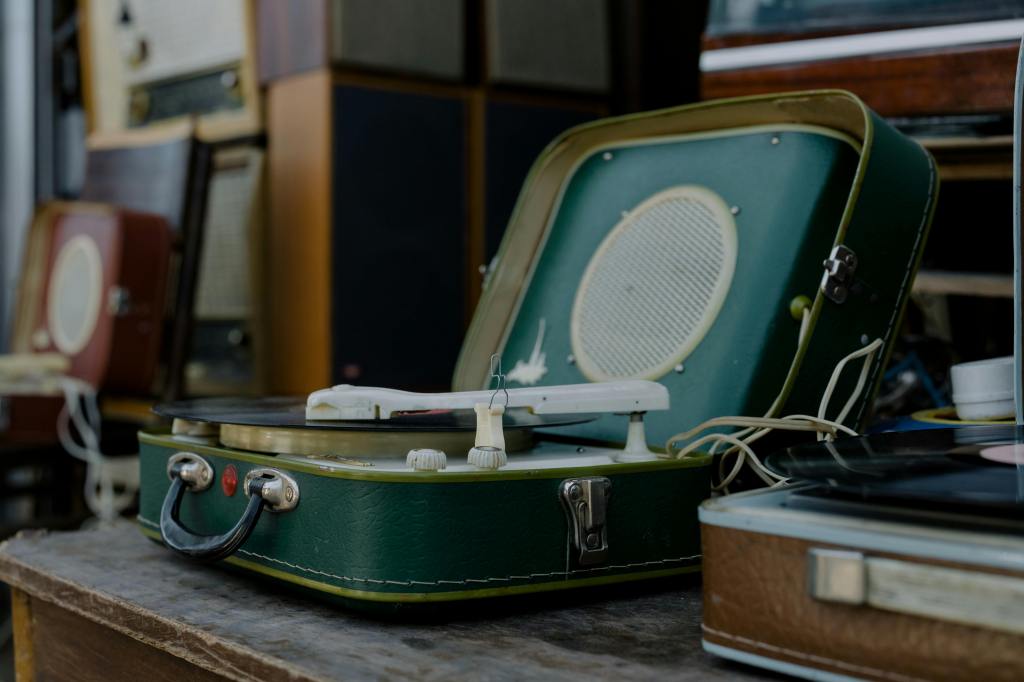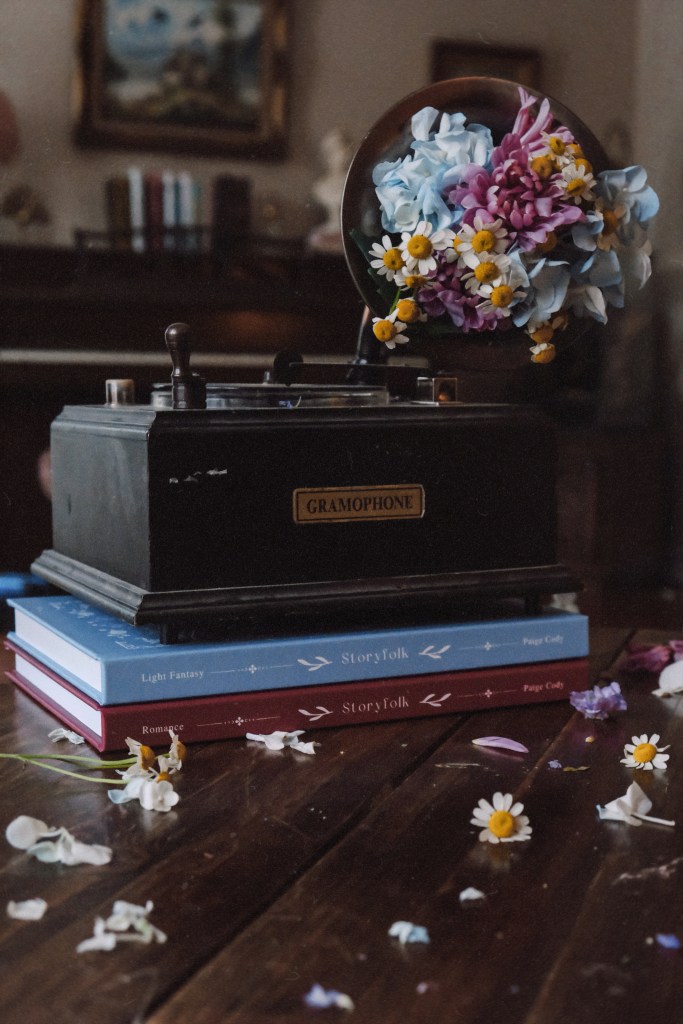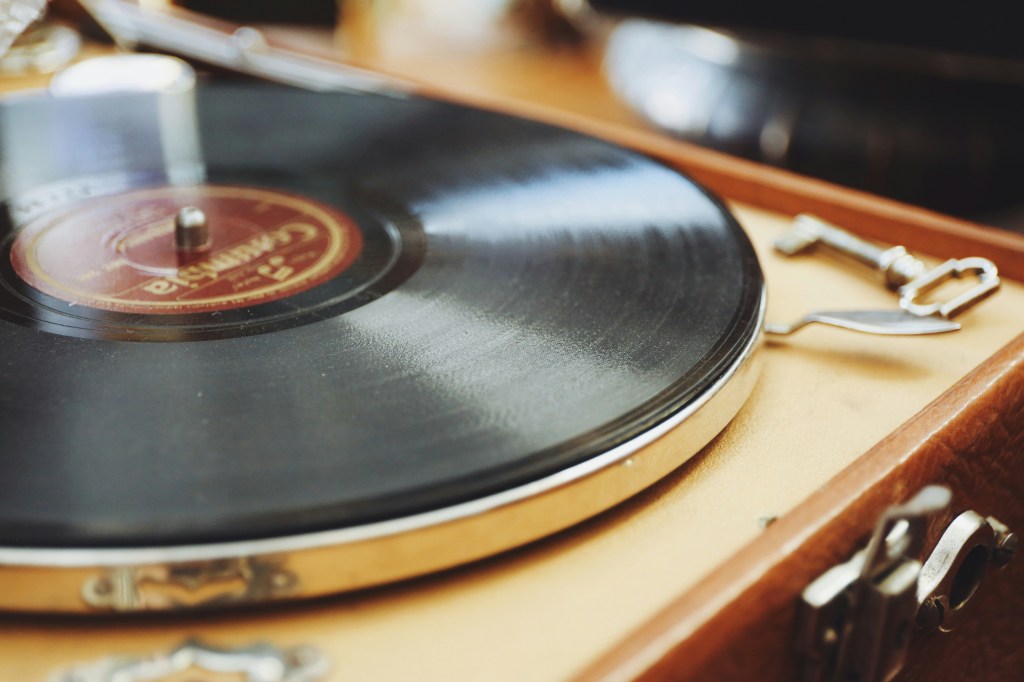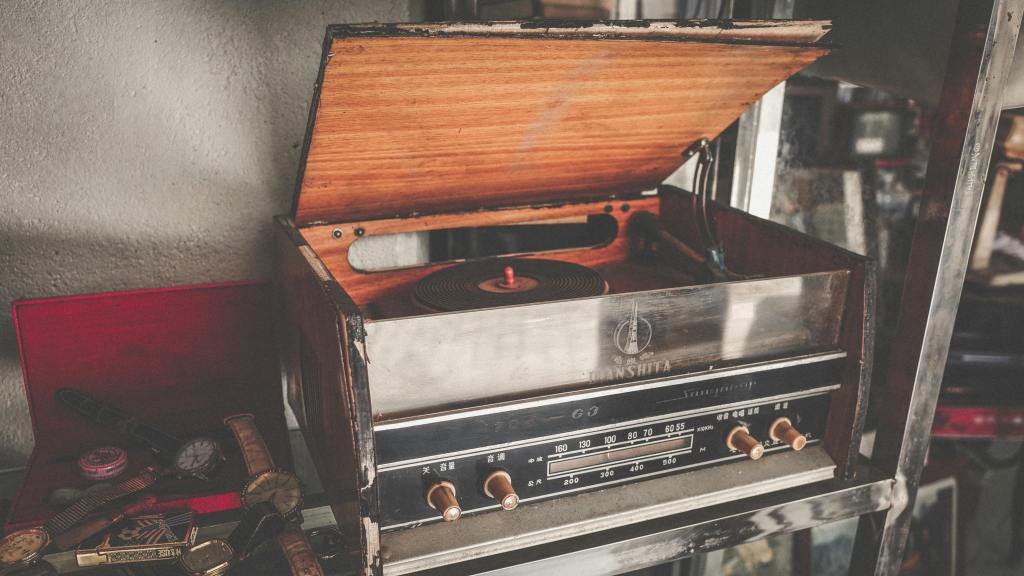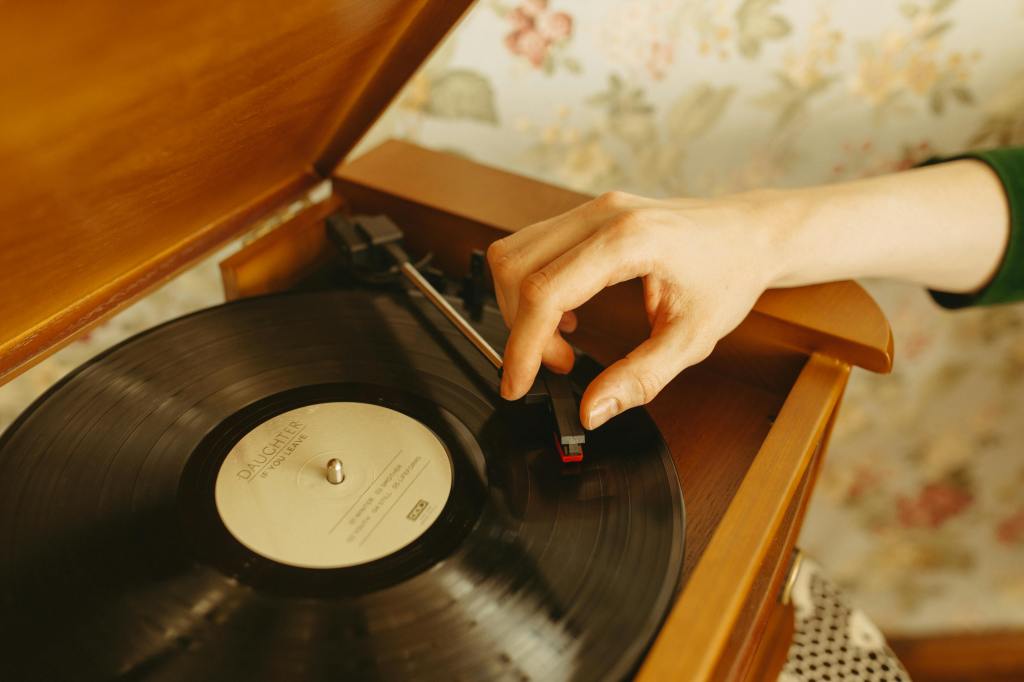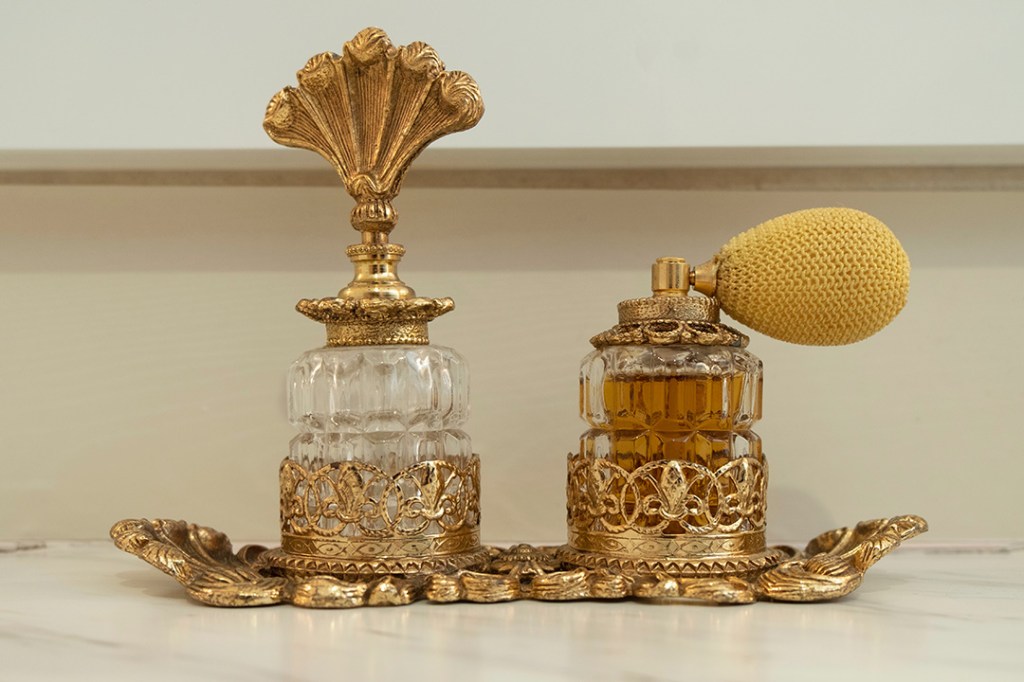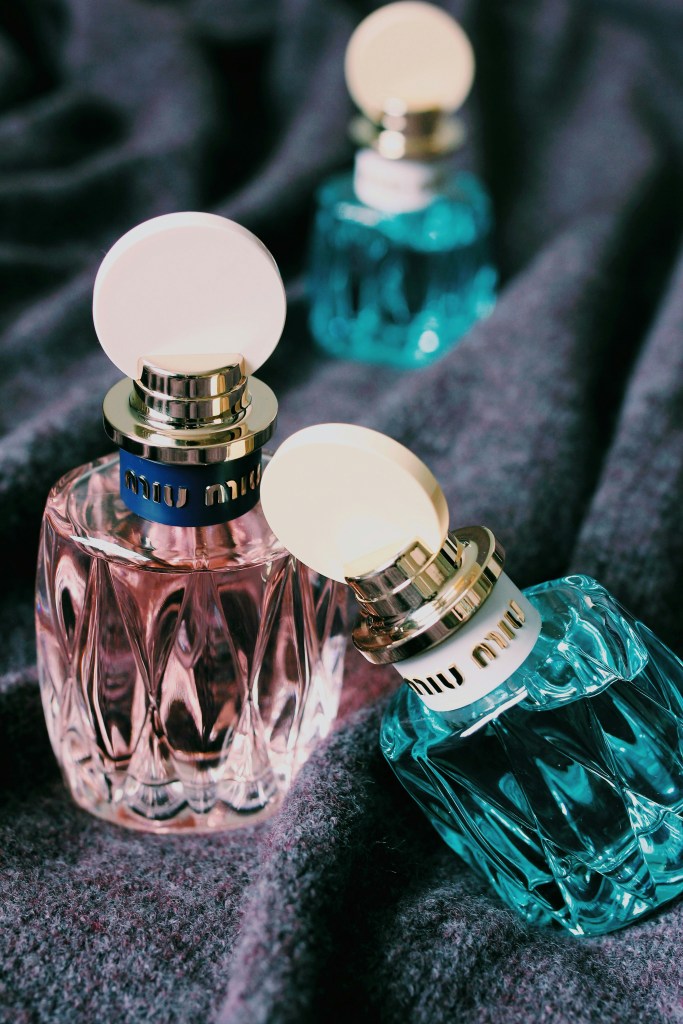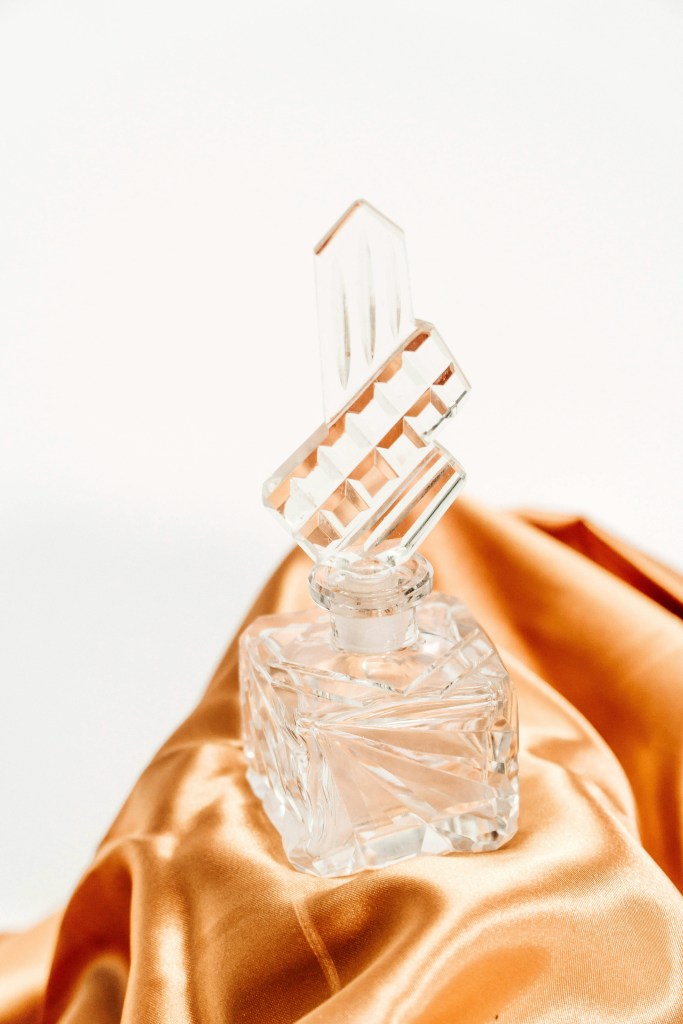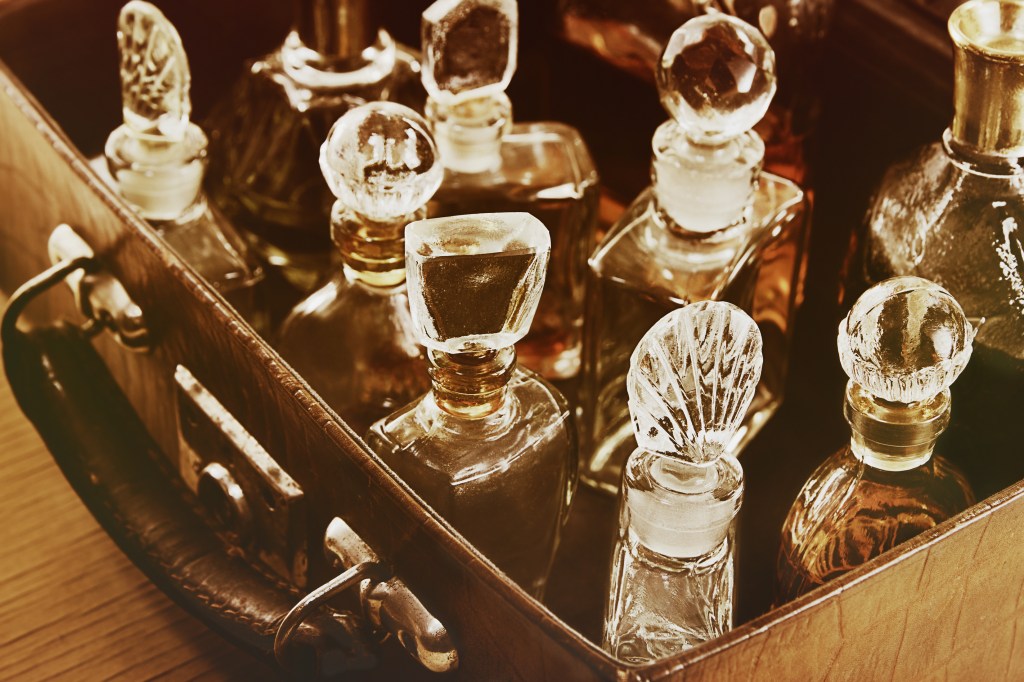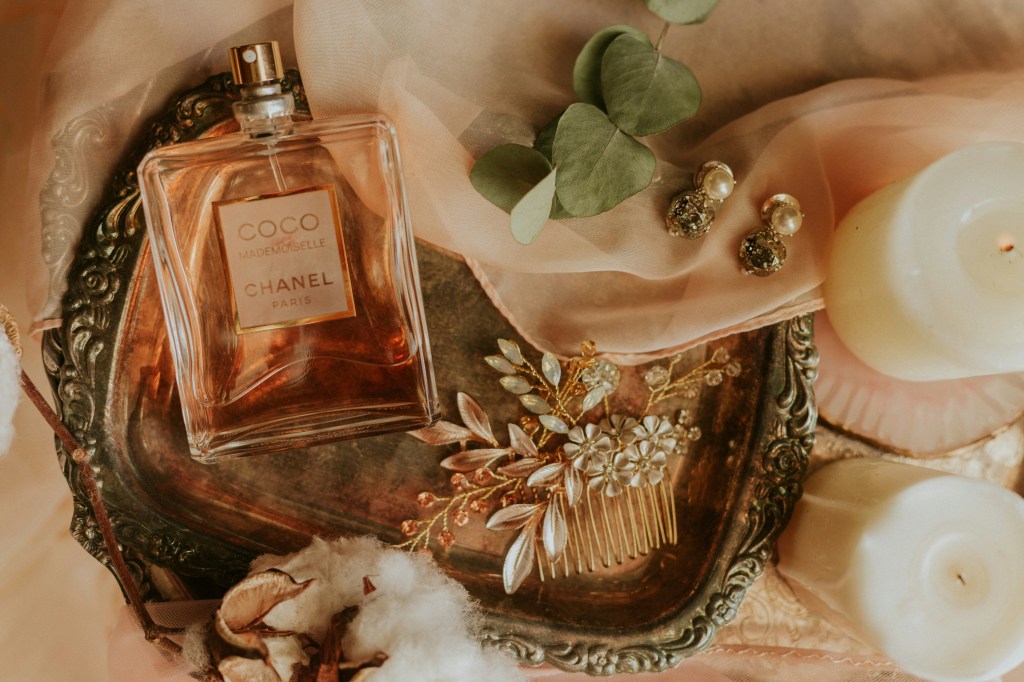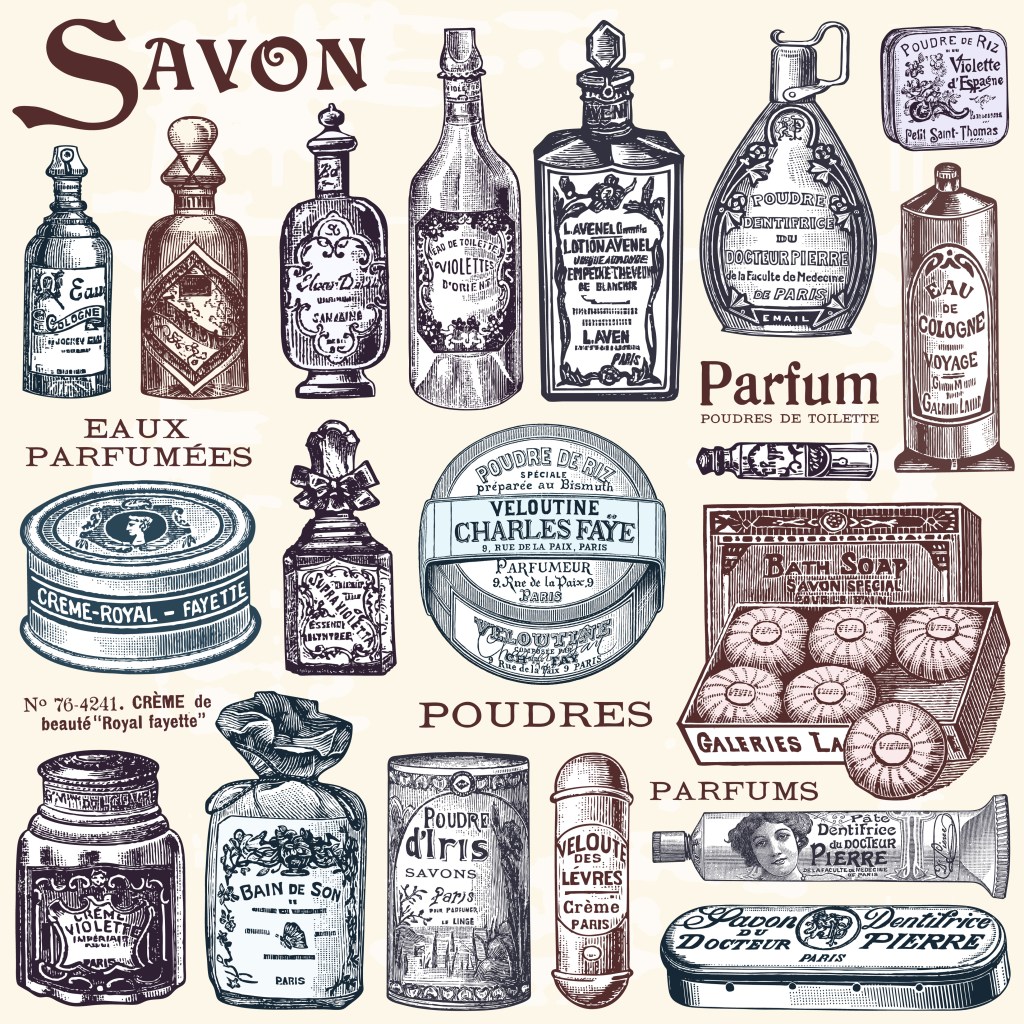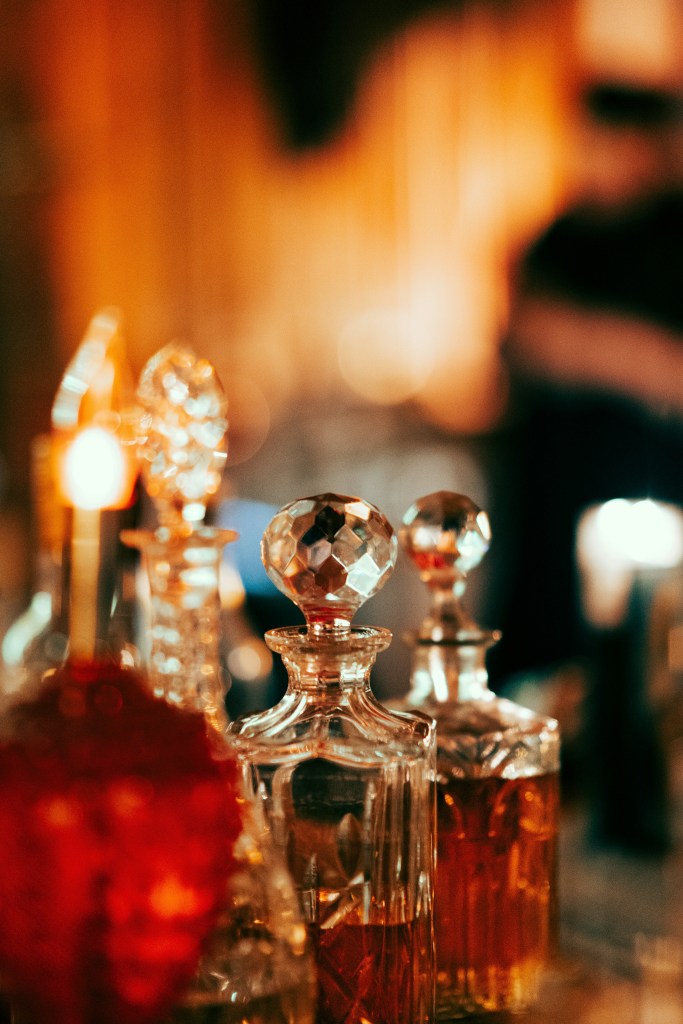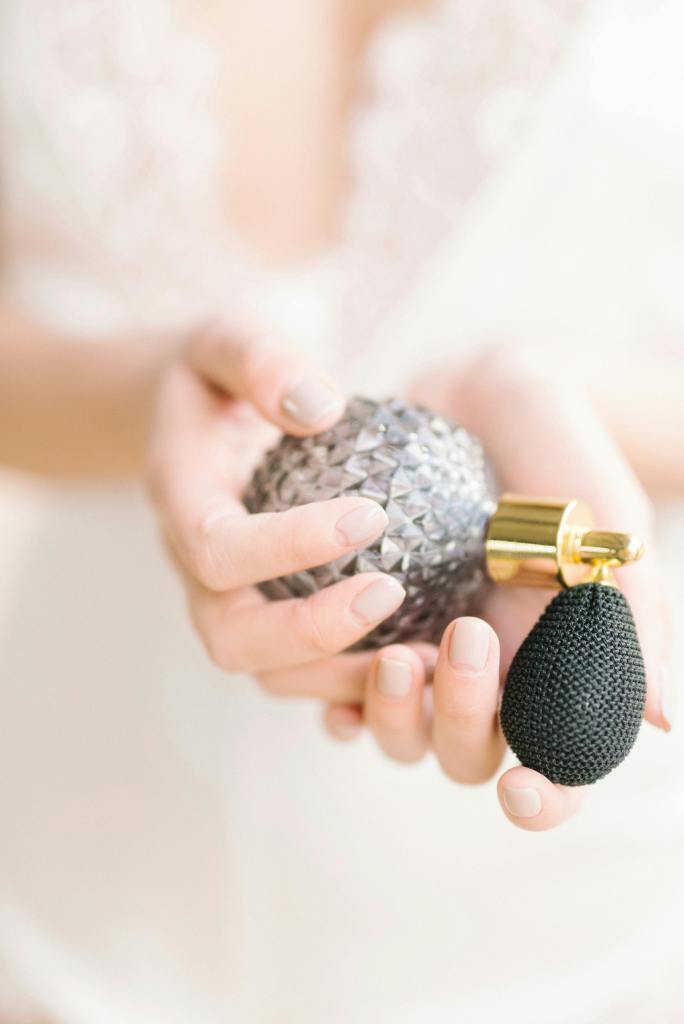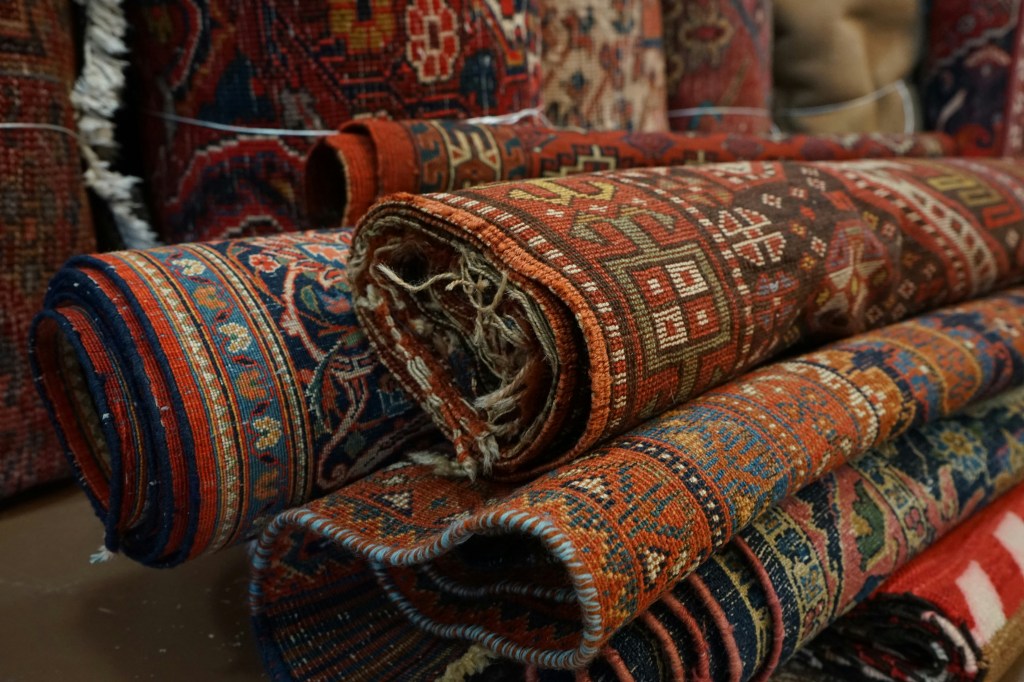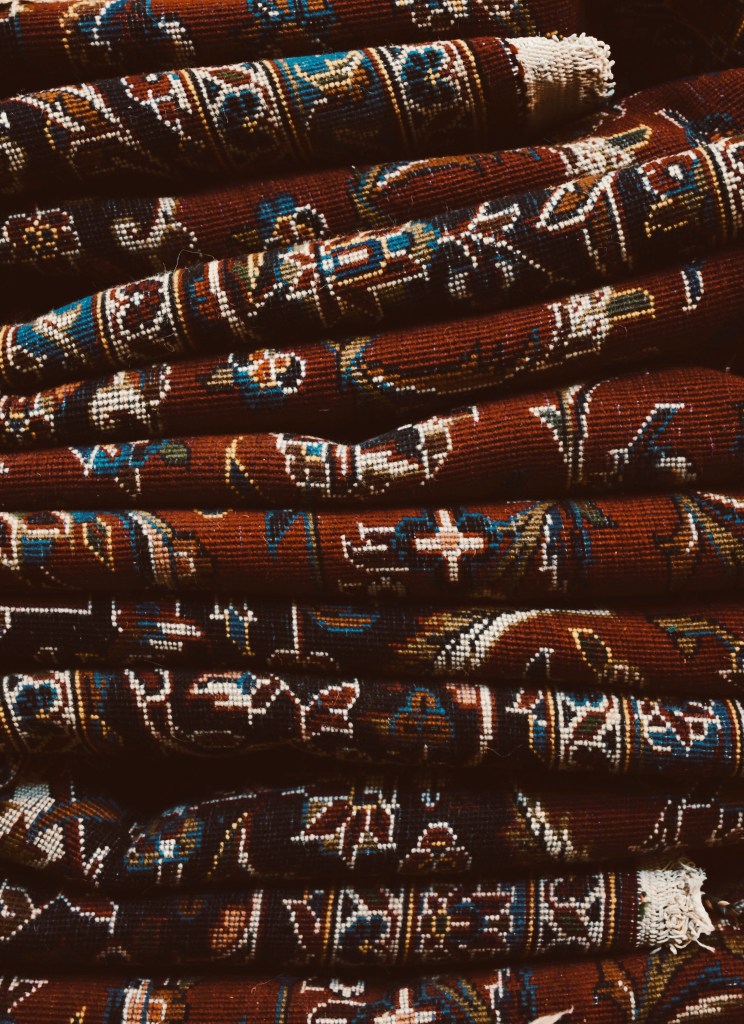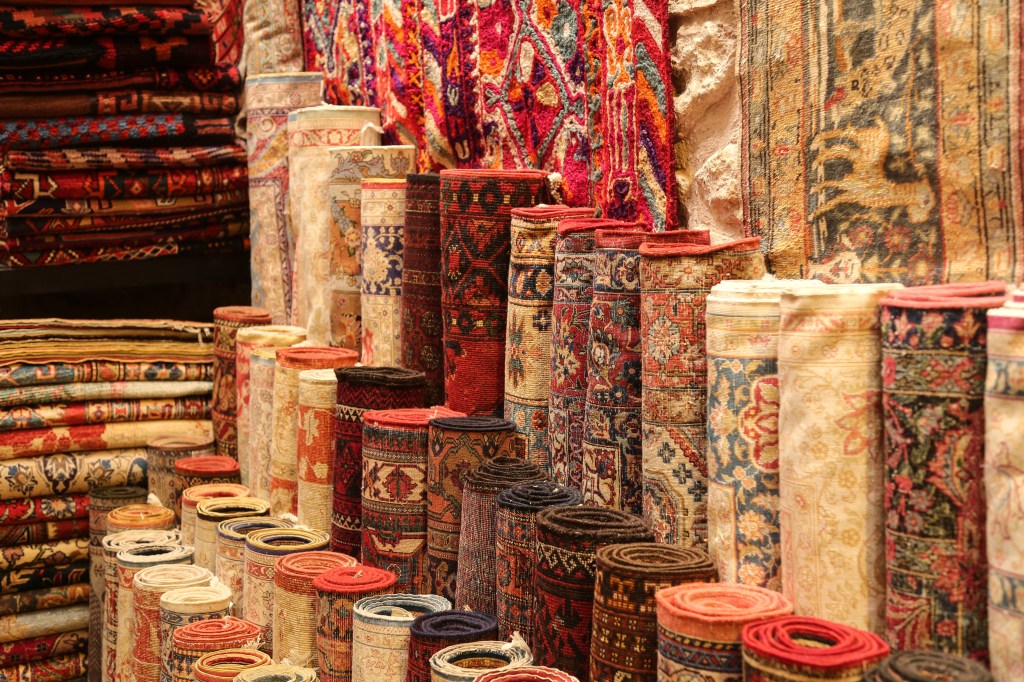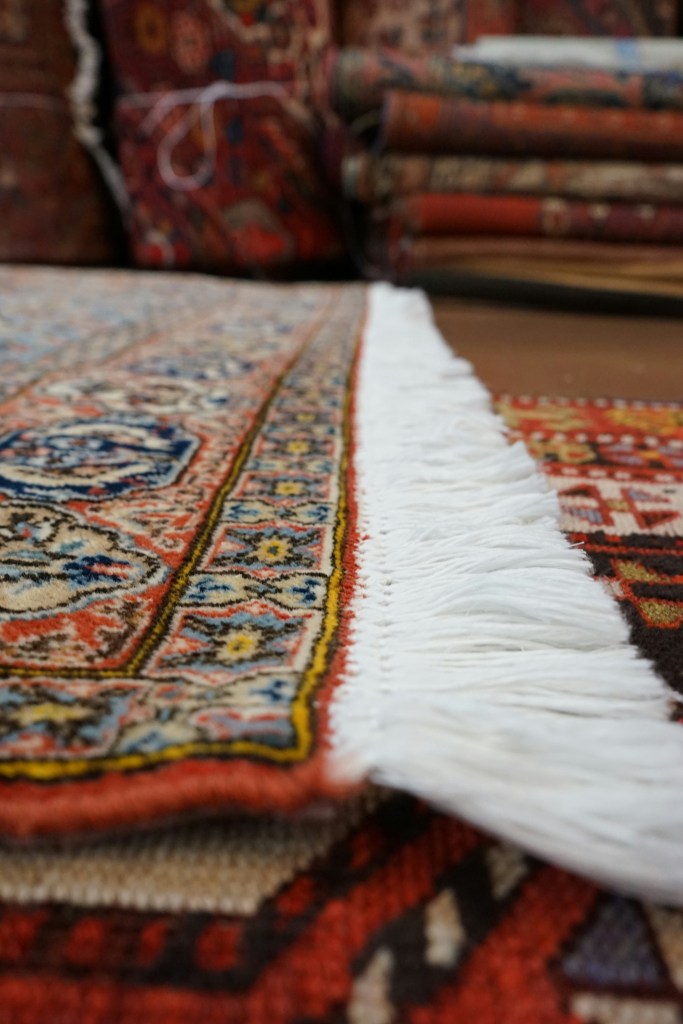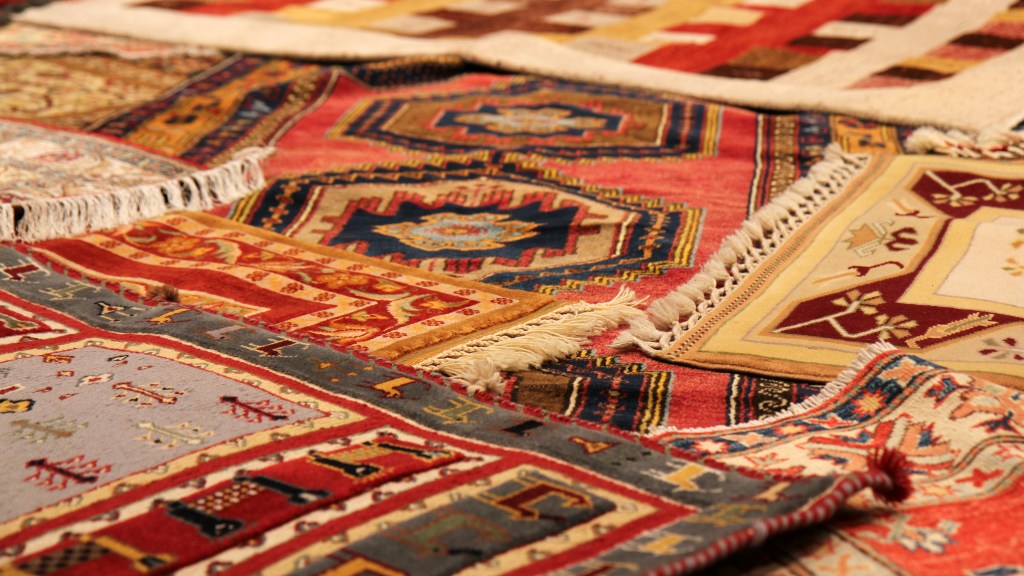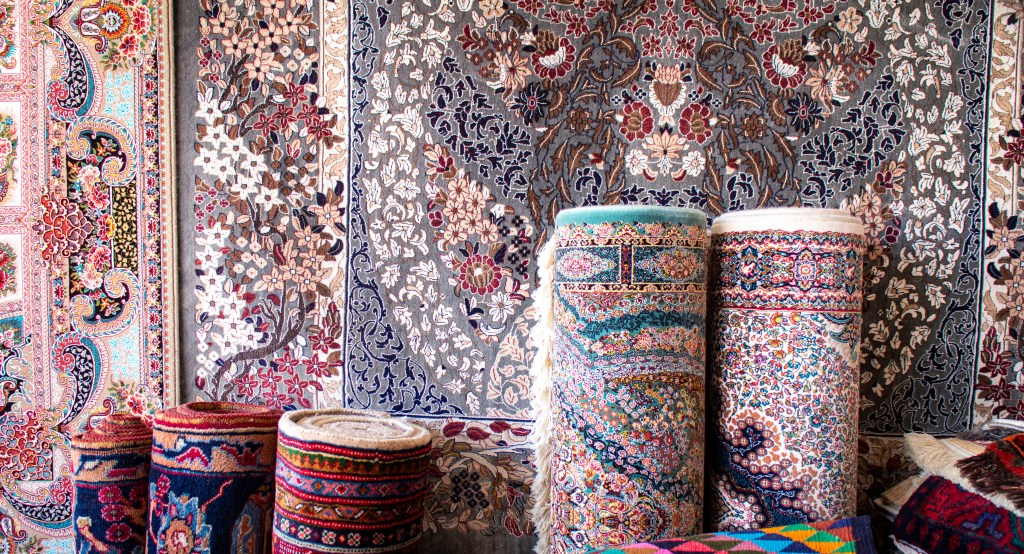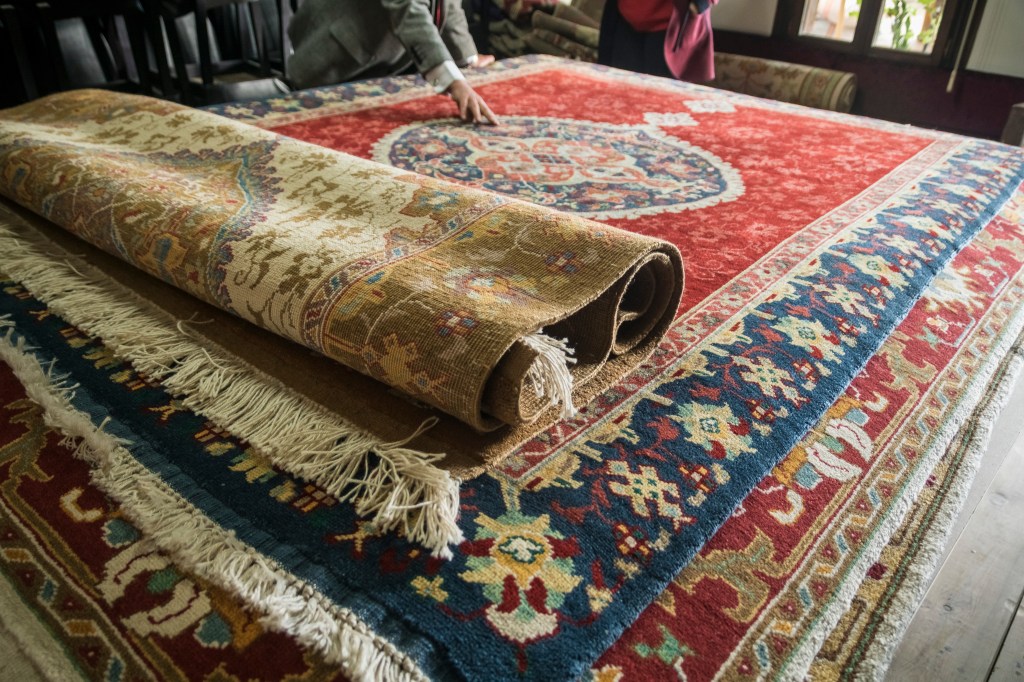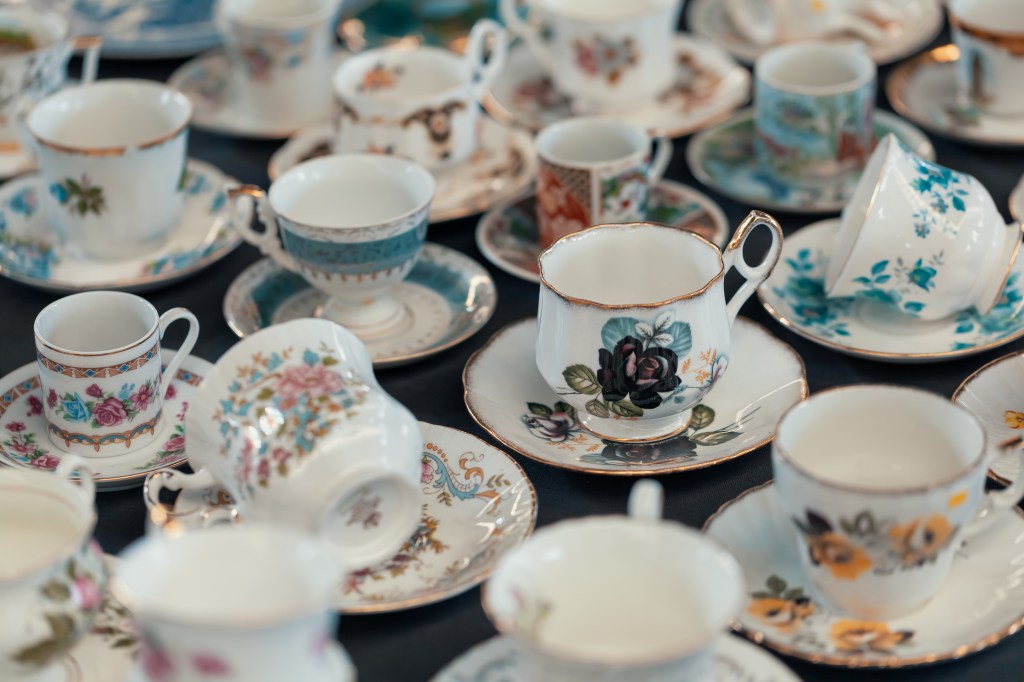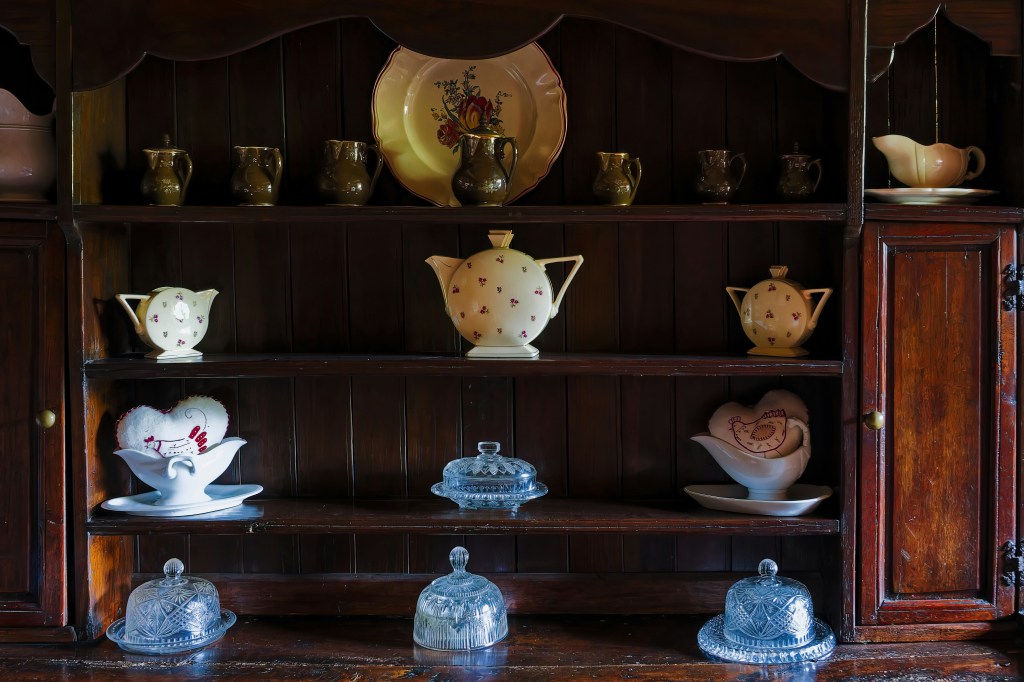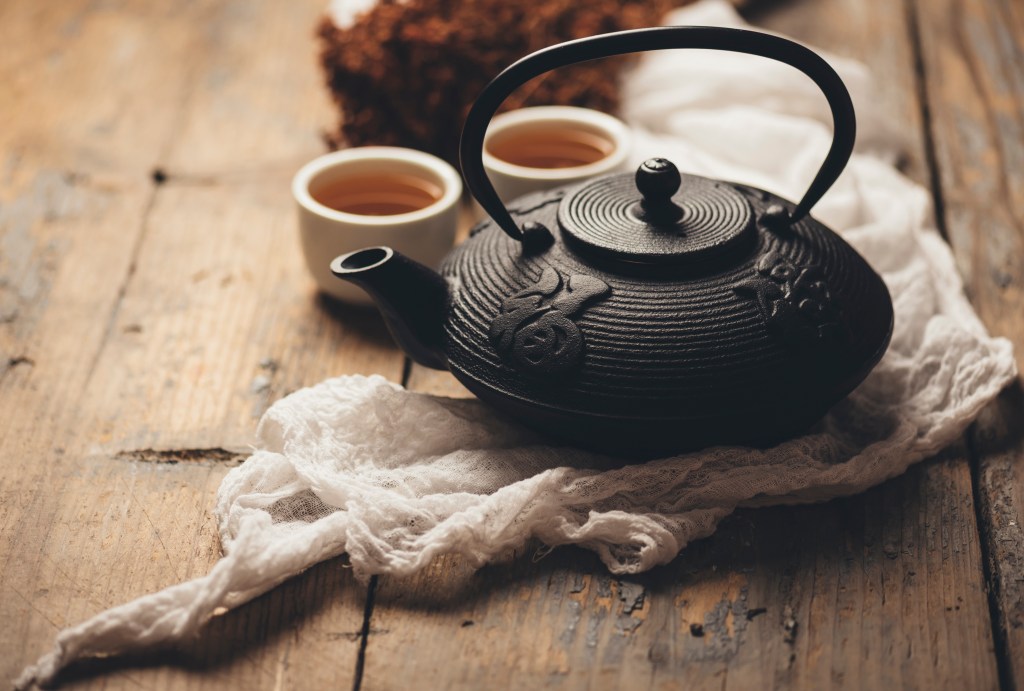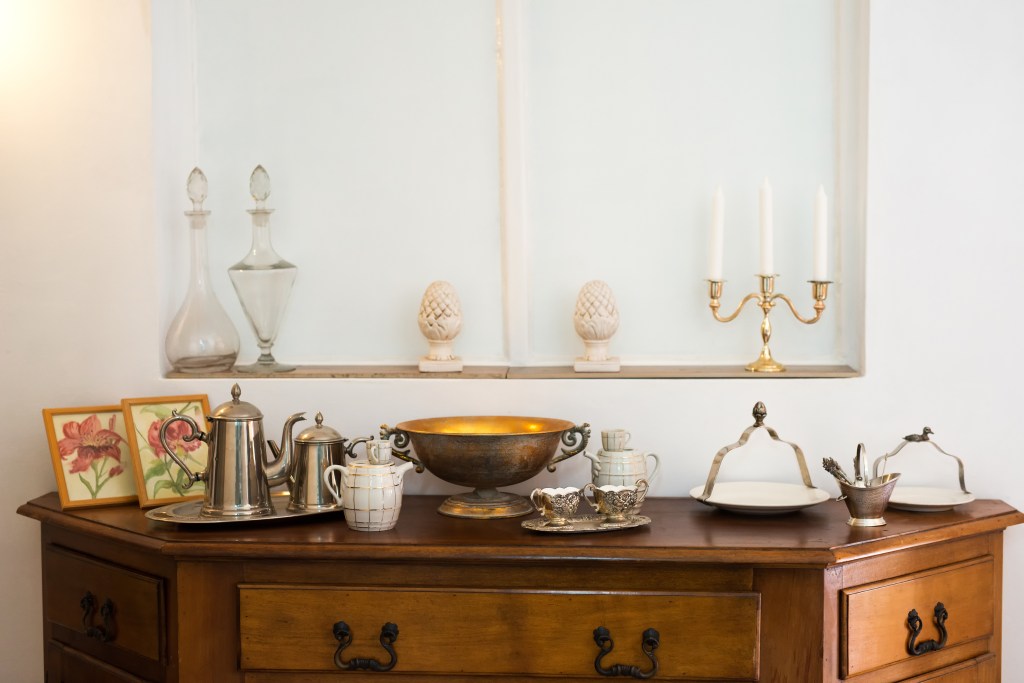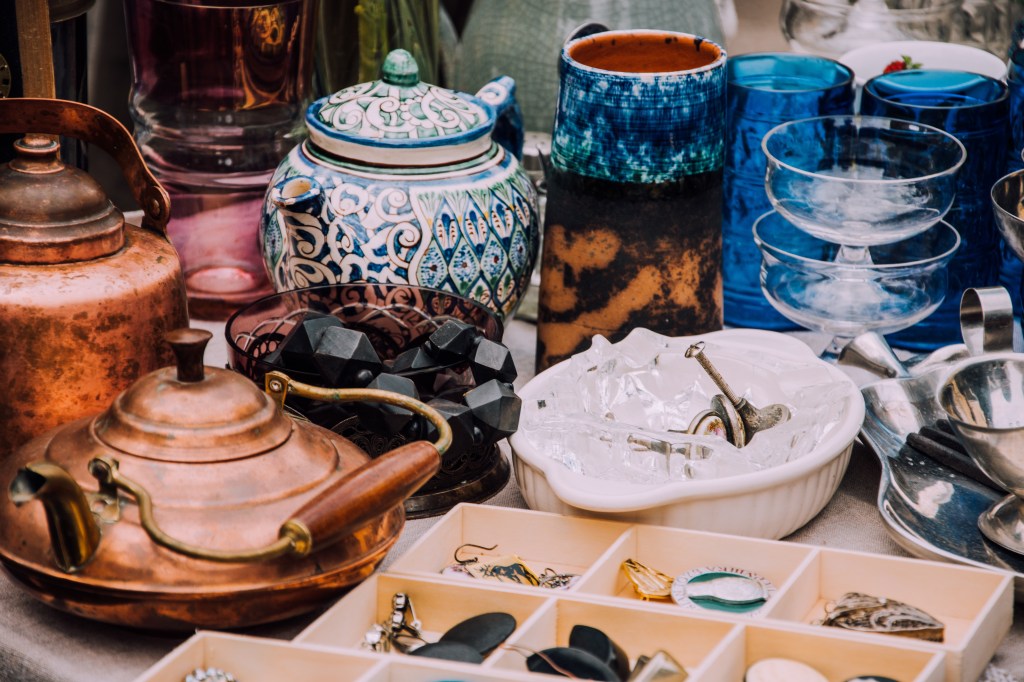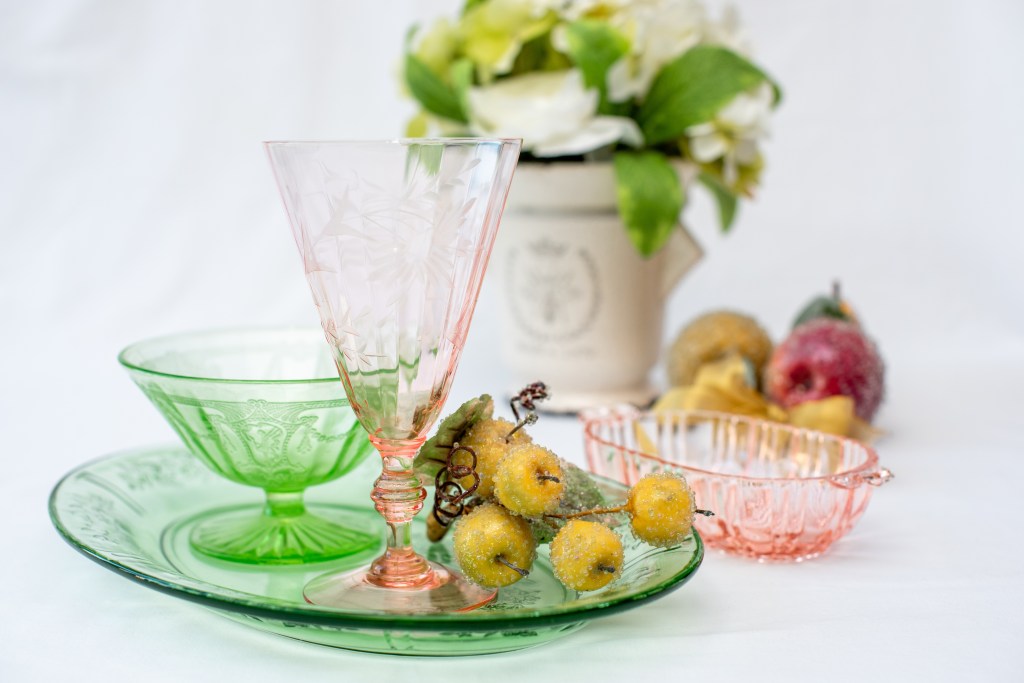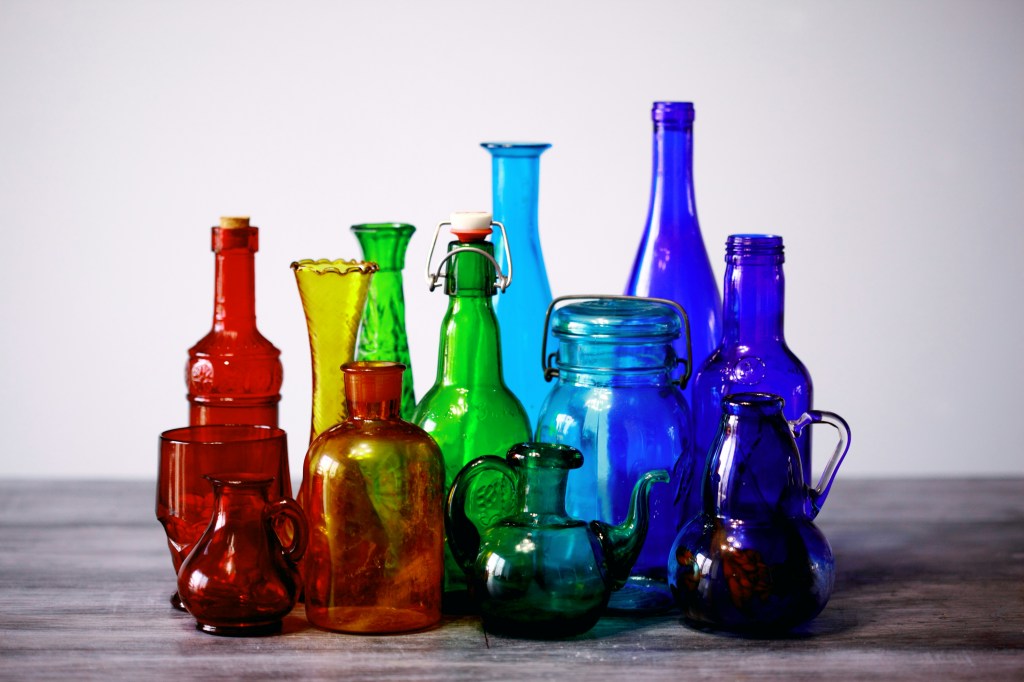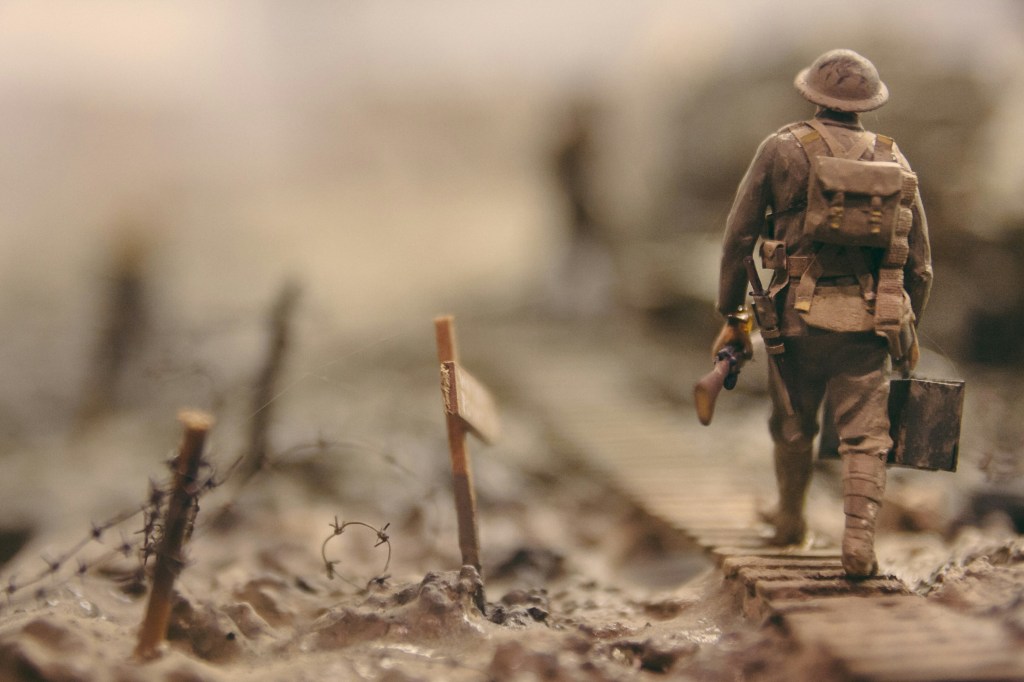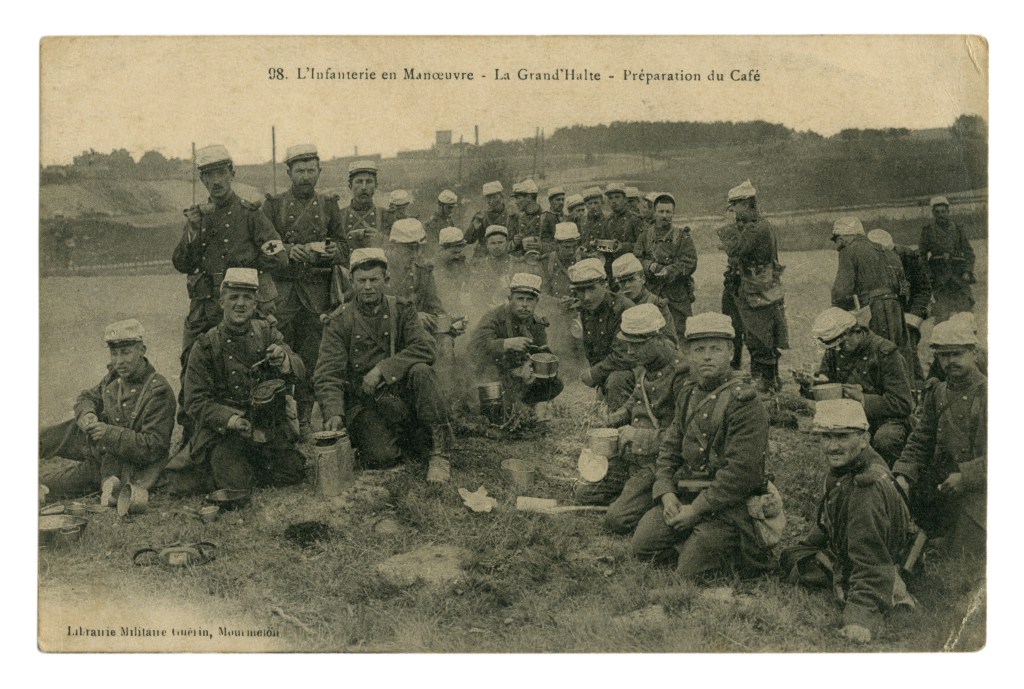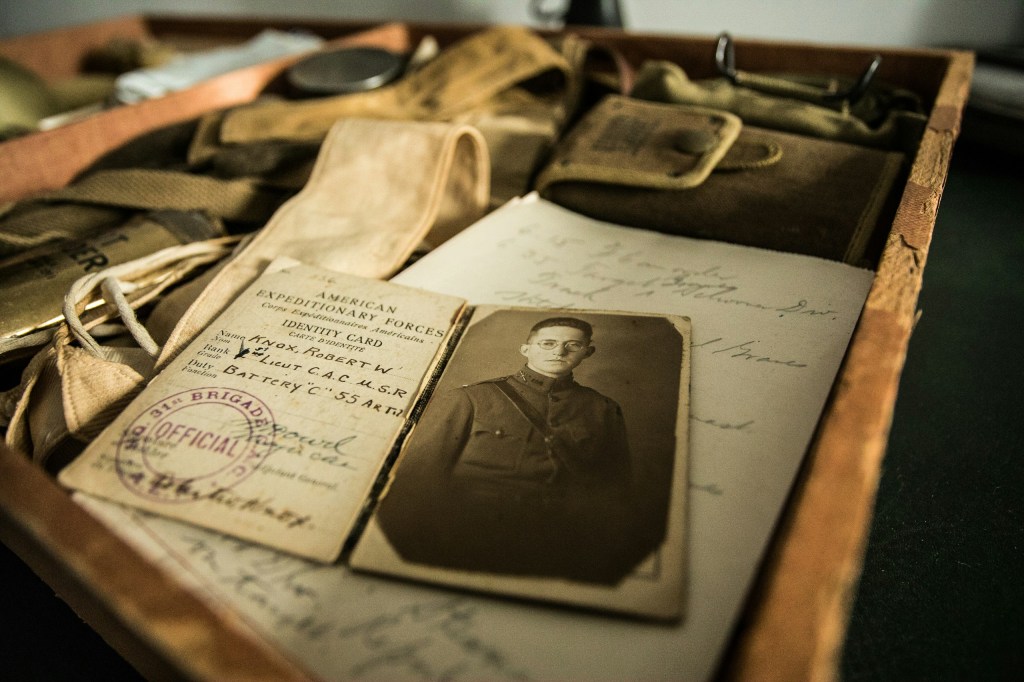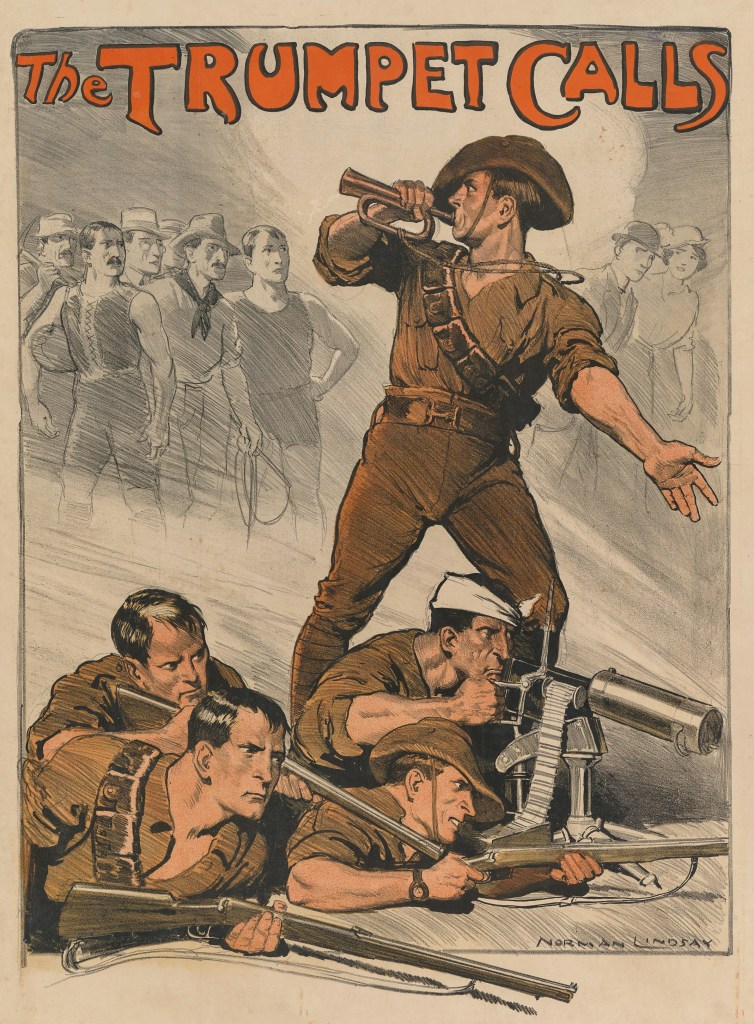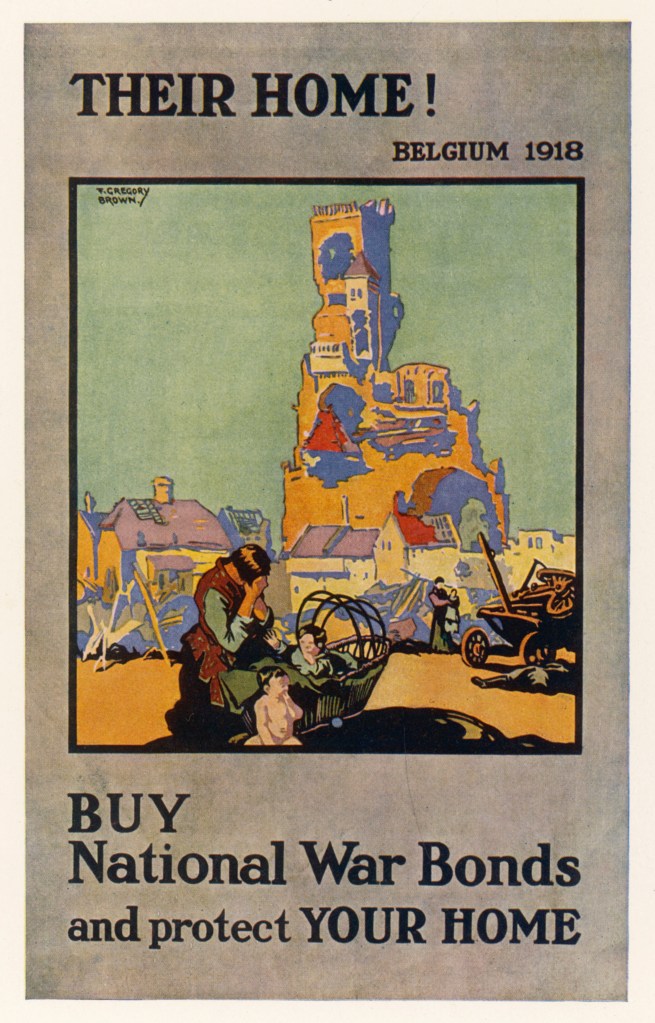Introduction: The Rise of Online Sneaker Communities
In the ever-evolving world of fashion and streetwear, sneaker collecting and trading have transformed, dramatically reshaping the sneaker industry. The digital age has ushered in a new era where online platforms and communities have become the central hubs of interaction for sneaker enthusiasts worldwide.
Let’s delve into how the best sneaker websites have revolutionized how sneakerheads engage with their passion, connect with like-minded individuals, and chase after the world’s best shoes.
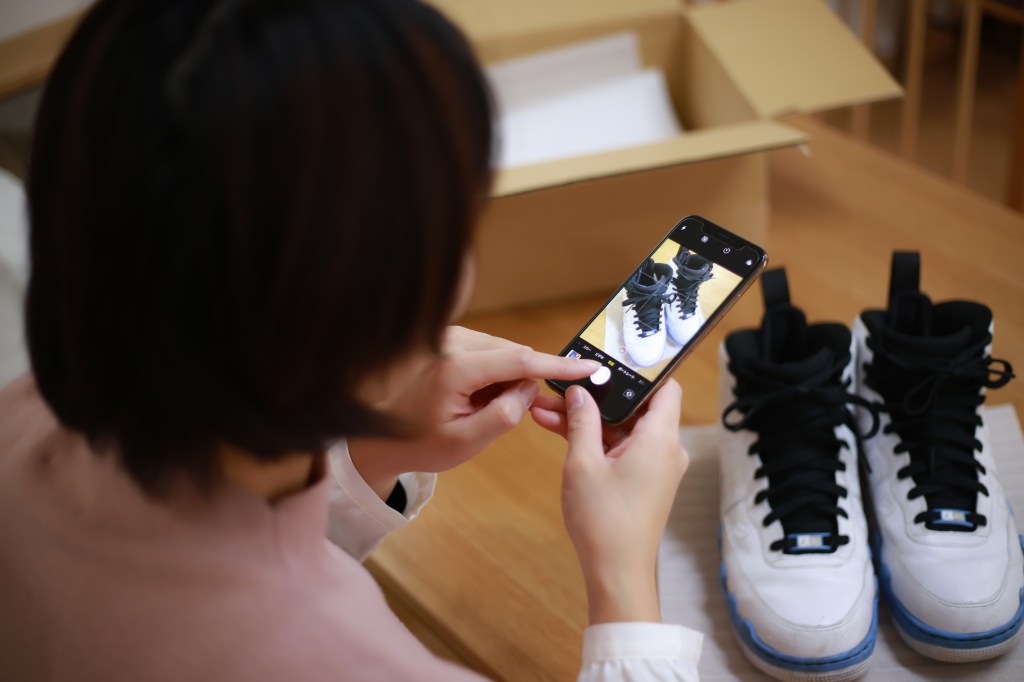
Top Websites for Buying Sneakers: Where to Find the Best Deals
In the ever-evolving world of sneaker culture, finding the right online destination to secure rare and highly sought-after shoes can be daunting. A few stand out among the many platforms available for their comprehensive offerings and unique services tailored to sneakerheads.
Sneakerlinks
Sneakerlinks emerges as a premier destination for those keeping a close eye on upcoming release dates, such as limited edition releases, and wanting to delve into past releases. The site stands out by offering detailed information on specific sneaker brands, including where to buy them, their cost, and their current availability.
StockX
StockX has established itself as a key player in the sneaker marketplace, catering to both buyers and sellers. The site is widely recognized for its transparent bidding system, allowing users to get real-time insights into a sneaker’s market value. Additionally, its thorough authentication process ensures that every transaction is secure, making it a trusted choice among sneakerheads.
eBay
eBay holds its ground as a go-to platform for unearthing rare, vintage, and sometimes overlooked sneakers. Its vast selection spans decades and includes gems that can’t be found anywhere else, making it a treasure trove for collectors searching for something truly unique.
GOAT
Lastly, GOAT offers auction-style shopping and direct purchases, showcasing new and used sneakers. The platform lets users view the highest bids to gauge market interest and also hosts sales for slightly defective models at reduced prices.

Top Websites for Selling Sneakers: Maximizing Your Profits
Navigating the world of sneaker selling can be quite the endeavor, but knowing the right platforms to partner with can maximize profits and ensure your rare or exclusive sneakers find the right buyer.
Flight Club
Flight Club is the go-to platform for sneakerheads looking to sell rare and high-end sneakers. With a commission fee of 9.5%, alongside a $5 seller fee and a 2.9% cashout fee, it offers a streamlined service focused on the premium sneaker market. This platform is ideal for those with exclusive sneakers looking to reach a dedicated audience.
Depop
Depop shines as a platform for selling trendy and vintage sneakers. With a 10% seller fee, it’s positioned as an excellent niche site, especially for those interested in apparel, like streetwear and unique footwear finds. Its strong community vibe and focus on unique styles make it a favorite among youthful and fashion-forward sellers.
StockX
StockX is celebrated for its unique bidding system, which caters to the unworn sneaker segment and is particularly effective for limited edition drops. The platform charges a 3% payment processing fee and a 7%- 9% transaction fee, offering a secure and transparent way to sell sneakers at competitive prices.
GOAT
Lastly, GOAT is recognized for its exceptional dedication to authentication, ensuring that all sneakers sold through its platform are genuine. It’s particularly well-received among popular and high-demand sneaker sellers, with fees set at $25 and a 9.5% commission. Its focus on authenticity and quality makes it a trusted platform for both sellers and buyers.

Engaging with the Sneakerhead Community: Best Forums and Discussion Boards
In today’s digital age, sneakerheads have found a vibrant home in various online communities, forums, and apps. These platforms have become essential spaces to connect with fellow sneakerheads, whether they’re in your local area or halfway around the globe.
Online forum spaces
One such community is the Sneakers server on Discord, which has garnered attention for its dedicated guides and rich discussions tailored for sneakerheads worldwide.
Another notable mention is the Sneaker Headz page on Facebook, catering to those looking to buy, sell, or trade popular sneakers. Thanks to its openness to resellers and buyers, it’s become a thriving marketplace for sneaker transactions.
Moreover, Reddit’s r/sneakermarket is a haven for over 200,000 members, bridging buyers and sellers in a dynamic exchange of sneakers.
Lastly, SoleSavy on Slack represents a unique blend of a social platform focusing on providing tools and guides for sneakerheads aiming to expand their collections. While the app is free to download, joining the community requires a subscription to a membership.
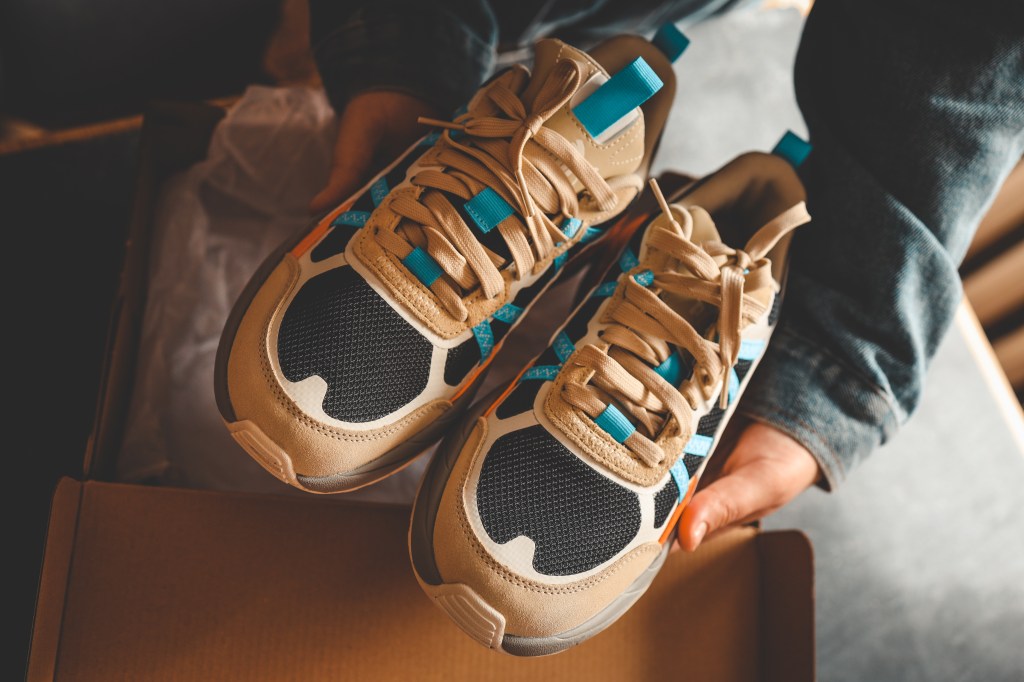
Navigating Sneaker Authentication: How to Avoid Scams and Fakes
In today’s sneaker market, ensuring the authenticity of your kicks is critical. Given the proliferation of fakes, even the most seasoned sneakerheads can fall victim to scams. The key lies in honing your sneaker authentication skills. This involves meticulously examining details such as stitching, materials, and overall craftsmanship. Authentic sneakers will exhibit a level of precision and quality control that counterfeits often fail to replicate.
Moreover, the digital age has blessed sneakerheads with a range of sneaker verification tools. These applications and services employ advanced technology to distinguish genuine items from fakes. From detailed photographic comparisons to AI-powered analyses, these tools offer an additional layer of security in verifying your sneakers’ authenticity.
However, the battle against sneaker fraud doesn’t stop there. Engaging in safe transactions is equally critical. This includes purchasing from reputable sellers, using secure payment methods, and insisting on transparency throughout the buying process.
The stakes are even higher for those looking into acquiring rare sneakers. The allure of limited editions can often cloud judgment, making buyers more susceptible to scams. Seeking opinions from experienced collectors and utilizing authentication services can be invaluable in these cases.
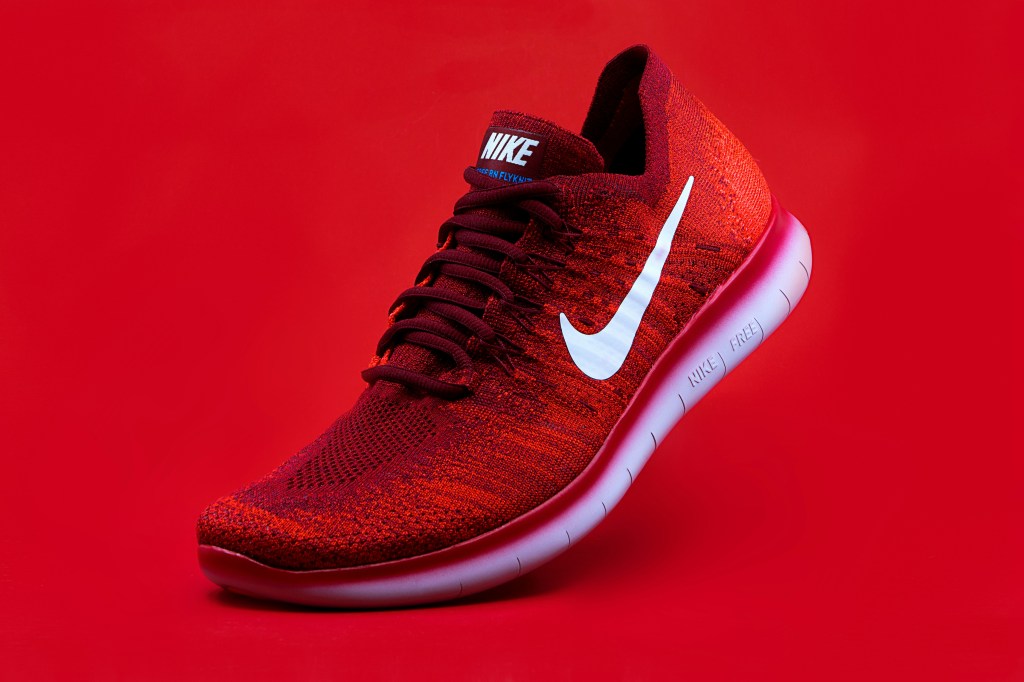
Understanding Sneaker Resale Market Trends: What You Need to Know
The sneaker resale market is experiencing a surge in popularity and profitability, driven by a combination of community enthusiasm and the strategic release of limited-edition shoes.
An analysis of this market reveals several key trends and insights that are influencing both buyers and sellers. For one, the demand for certain sneakers is significantly affected by cultural factors, specifically the impact of celebrities and influencers who often set trends.
Another critical aspect defining the sneaker resale market is the strategic marketing practices employed by brands. By releasing sneakers in limited quantities, brands are able to create a sense of exclusivity and urgency, which in turn fuels demand in the resale market.
Technology also plays a pivotal role in the dynamics of the sneaker resale market. The advent of mobile apps and e-commerce platforms has simplified the process of buying and selling sneakers, making them accessible to a wider audience.
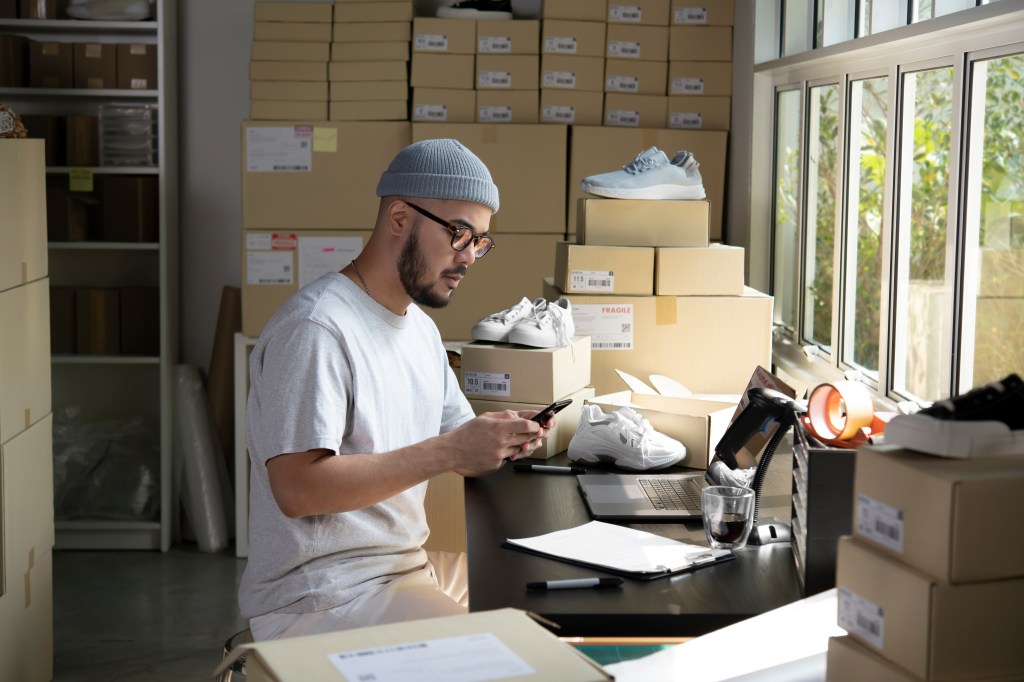
Challenges in Online Sneaker Transactions: Common Pitfalls and Solutions
In online sneaker trading, challenges include transactional pitfalls, fraud risks, and inflated prices in the resale market. The convenience of online transactions is countered by the prevalence of spam accounts and bots, making it harder to navigate the market safely.
Furthermore, the allure of rare sneakers and their high resale value adds complexity to the purchasing process. To address these challenges, research, using reputable platforms, and employing secure payment methods are essential. Patience and skepticism are valuable traits for navigating the online sneaker market while staying informed about potential scams can help individuals make informed decisions.
Best Practices for Buying and Selling Sneakers Online: Expert Tips
Navigating the world of online sneaker transactions can be both rewarding and challenging. With the right knowledge and strategies, individuals looking to buy or sell sneakers can indeed flourish.
Understanding the sneaker resale market is crucial for long-term success. It requires patience and a good grasp of market dynamics. Start small and build up your inventory gradually to minimize risks and maximize profits.
Buying sneakers
Buying sneakers online requires caution due to counterfeit goods. It’s important to verify the seller’s credibility, read reviews, and ask for receipts to avoid scams. Knowledge of popular brands like Nike, Adidas, New Balance, Reebok and Supreme is also beneficial.
Selling sneakers
Knowing which sneakers yield high returns is vital for those eyeing investment opportunities. For example, vintage Air Jordan 12 and Nike Air Mag Back to the Future are among the most coveted, fetching prices as high as $100,000 and $10,000, respectively. Knowing of a limited-edition drop can also provide lucrative buying opportunities, as acquiring these at launch prices can be highly profitable in the resale market.
Starting an online sneaker shop requires more than understanding sneakers; it also requires excellent customer service and a strategic online presence. Utilizing social media and learning SEO tactics can significantly boost traffic to your site. Platforms like Stadium Goods offer a blend of online and physical presence, handling the administrative side of sales, making them an attractive option for consigning sneakers.
The Future of Sneaker Buying and Selling: Emerging Platforms and Trends
In the dynamic world of sneakers, we’re witnessing remarkable changes and trends that are reshaping how we buy and sell these coveted items. The future of sneaker culture is being driven by emerging platforms and buyer behaviors, pushing the boundaries of what’s possible in this vibrant market.
Notably, the rise of artificial intelligence is making data analytics and AI tools more integrated into the sneaker marketplace. These advancements are paving the way for more accurate predictions in market trends, helping with pricing strategies, and enhancing inventory management.
Another interesting evolution in the sneaker world is the increasing popularity of subscription-based models in e-commerce. This approach is revolutionizing the reselling market, offering subscribers first looks at limited edition drops and engaging discounts.
However, this growth is not without its challenges. The prevalence of bots and fraudulent schemes has escalated, leading to a potential surge in regulations aimed at protecting consumers and retailers alike. This shift toward stricter oversight is anticipated to deter scams and ensure a fairer marketplace for genuine sneaker enthusiasts.
Sustainability is emerging as a crucial consideration in the sneaker industry, especially among younger consumers like Gen Z and potentially Gen Alpha. This demographic is increasingly prioritizing sustainability and ethical practices in their purchasing decisions, driving brands to adopt more environmentally friendly and responsible production methods.
Conclusion: Building Your Reputation in the Sneakerhead Community
Embarking on a journey to establish yourself in the online sneaker community requires more than just a passion for sneakers.
Once you’re ready to start your reselling shop, several things to keep in mind will significantly aid in your success. First and foremost, establishing fair pricing is crucial. It garners customer trust and sets a foundation for transparency in your dealings. This ethical approach to business assures your customers that they are receiving value for their money and builds a loyal customer base over time.
The quality of the sneaker you’re reselling should never be compromised. This applies not just to its condition but also to how it’s stored and packaged before reaching your customer. Ensuring that the sneakers are in impeccable condition when they arrive at your customer’s doorstep reinforces your commitment to quality and increases your credibility within the community.
Another cornerstone of establishing a strong reputation is prioritizing customer service. A quick, transparent, and tailored response to inquiries and issues can set you apart from competitors. Adopting a “one size fits all” approach to customer service can be detrimental; personalizing your responses shows that you value your customers and are attentive to their needs.
Lastly, the ability to graciously accept feedback and use it as a stepping stone for improvement is invaluable. Constructive criticism should be seen as an opportunity to better your business practices and enhance customer satisfaction. Striving for continuous improvement demonstrates your commitment to excellence within the sneaker community.
Sources
https://undergroundsound.eu/subcultures/the-rise-of-sneaker-culture-a-billion-dollar-industry/
https://www.one37pm.com/style/best-sneaker-websites
https://www.omnisend.com/blog/how-to-sell-shoes-online/#:~:text=Some%20popular%20stores%20include%3A%20StockX,%2C%20Grailed%2C%20Etsy%2C%20Shopify.
https://thehiveindex.com/topics/shoe-collectors/
https://www.businessinsider.com/guides/style/ebay-sneakers-authenticity-guarantee-review
https://www.linkedin.com/pulse/evolution-sneaker-resell-market-jeffrey-eakes-c422c/
https://www.riskified.com/blog/sneaker-industry-fraud-on-the-rise/
https://www.nichepursuits.com/reselling-shoes/
https://medium.com/@solesurge.top/the-future-of-sneaker-reselling-5dca887df89f
https://medium.com/@robert.mulokwa/best-practices-for-sneaker-reselling-building-customer-trust-1f132bca021f
